A planned experience for our trip was a tour of the Undara Lava Tubes. By recommendation of Nadine at Pinnarendi, we opted for the full day tour with Bedrock Tours, where we got to do the Kalkani Volcano Crater Rim walk and then visited all eight of the accessible (by tour only) lava tubes.
The Undara Volcano, the top of which can still be seen from the Kilkani Crater Rim, erupted approximately 190,000 years ago, with geologists believing that it spewed lava for 14years. This lava, like water, followed the natural contours of the landscape, entering and running down through the valleys and riverbeds. As it flowed, the top layer, which was exposed to the air, cooled and solidified, whilst the molten lava continued to flow underneath. When Undara eventually stopped flowing, the molten lava in the middle flowed out and plugged the ends, leaving almost perfectly symmetrical tubes across the countryside. They’re still discovering new lava tubes, many of which are not accessible to the public due to high levels of gas in them, or flooding, but with our tour we got to walk through the eight accessible ones and found that each one is a little different. A long day, but well worth it and we’d recommend it to anyone visiting the area.
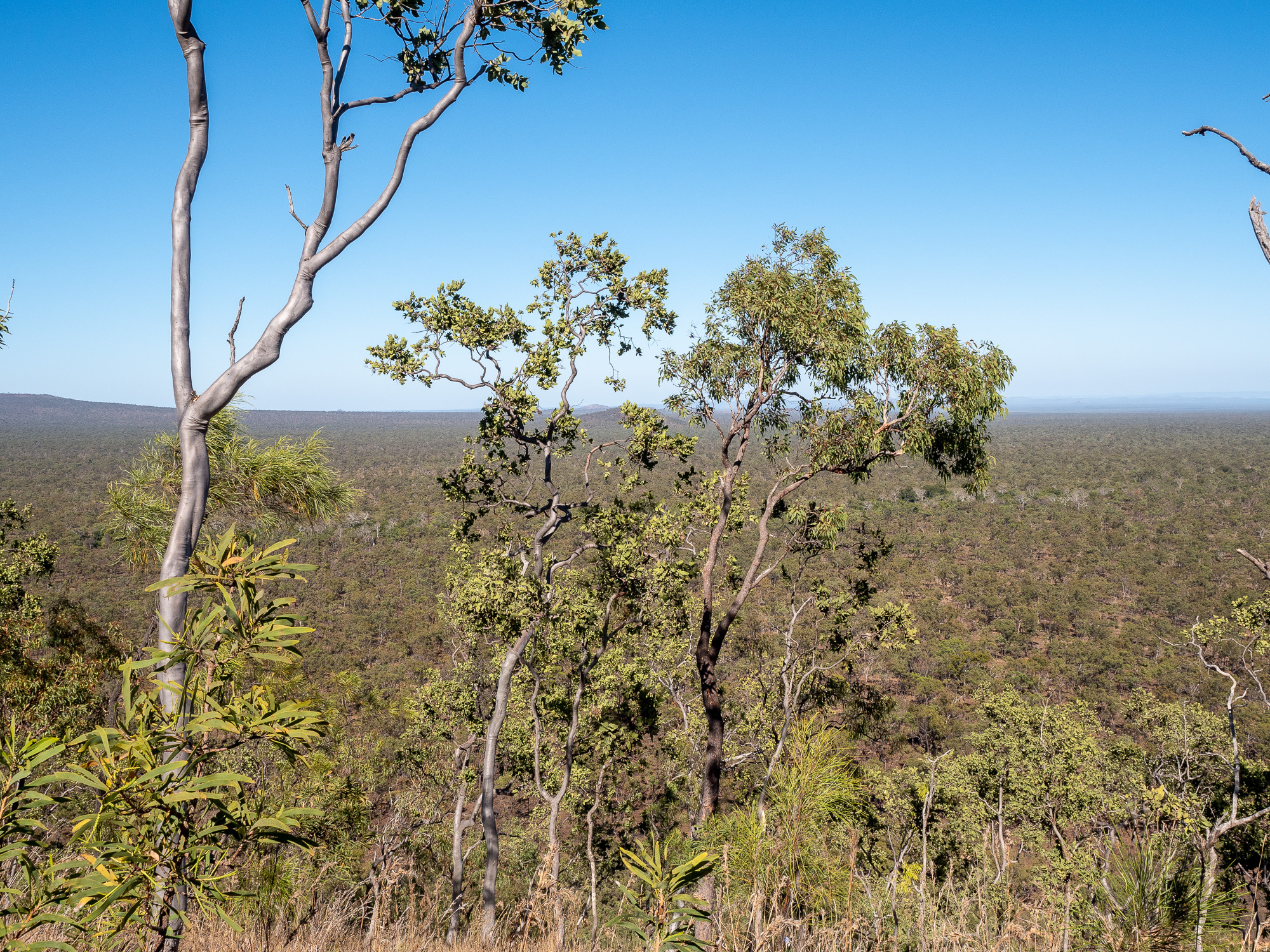
<< Photo credit: Tony – View out from the Kilkani Volcano Crater Rim. The two rises behind the trees (middle) are old volcano cones, the grey trunk tree (left) is a Cabbage Gum Tree, and if you look carefully, you can see a darker ribbon of green trees running through the pic (about two thirds up the far bush) which indicates remanent Rainforest growing in/over the lava tubes. >>
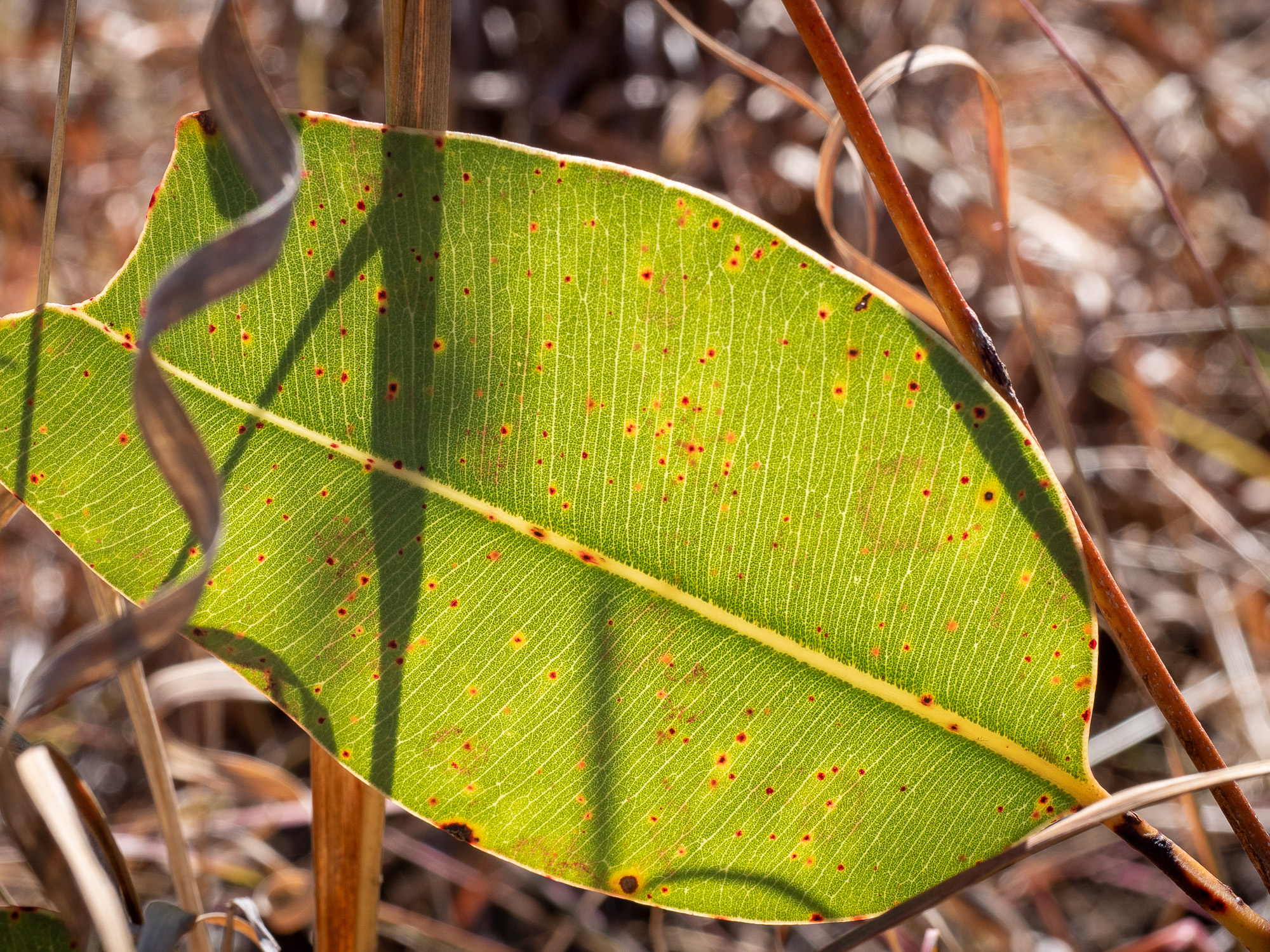 << Photo credit: Tony – Backlit gum leaf on the Kilkani Crater >>
<< Photo credit: Tony – Backlit gum leaf on the Kilkani Crater >>
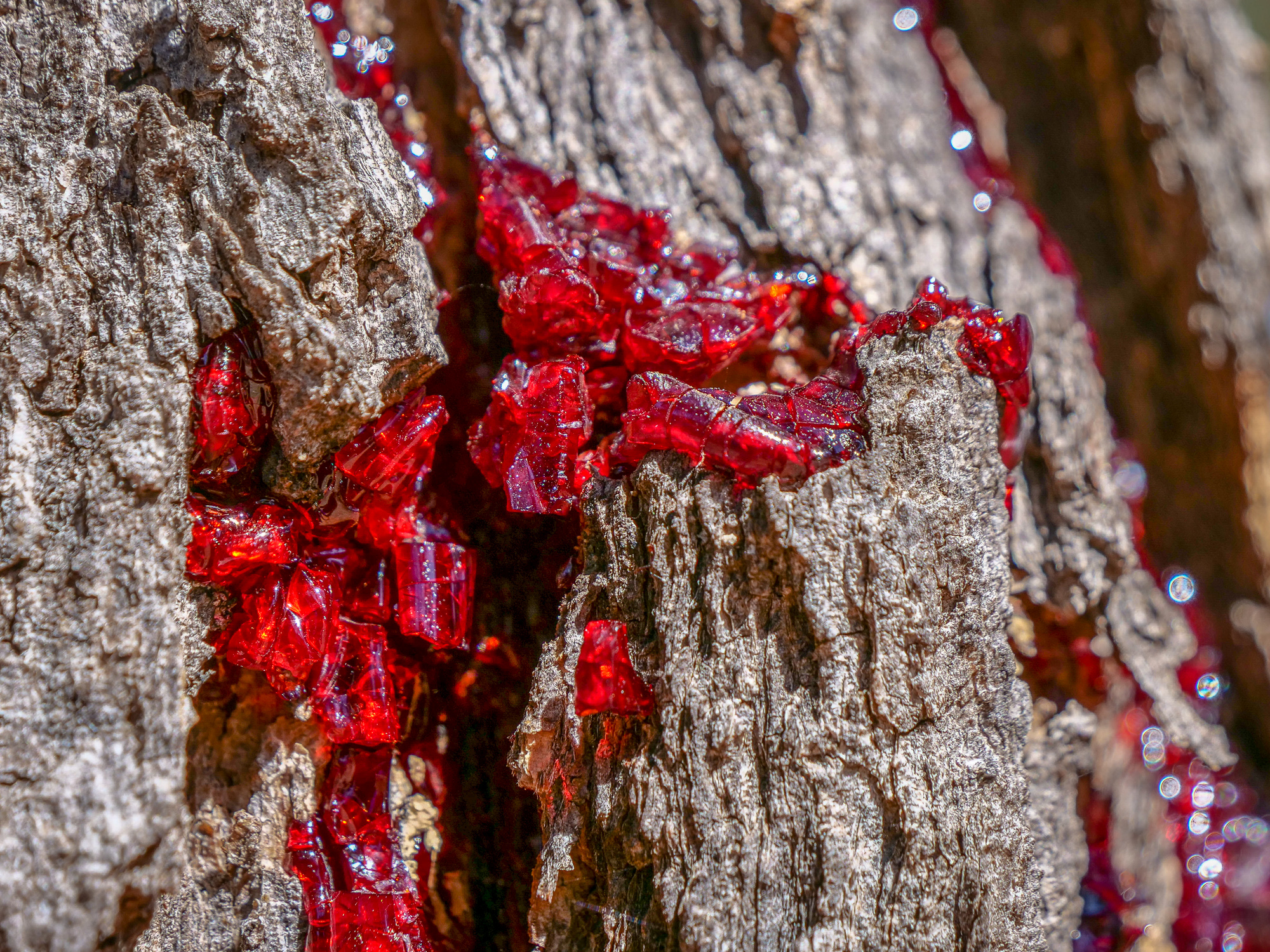
<< Photo credit: Rod – Sap running from a Bloodwood Tree, Kilkani Volcano >>
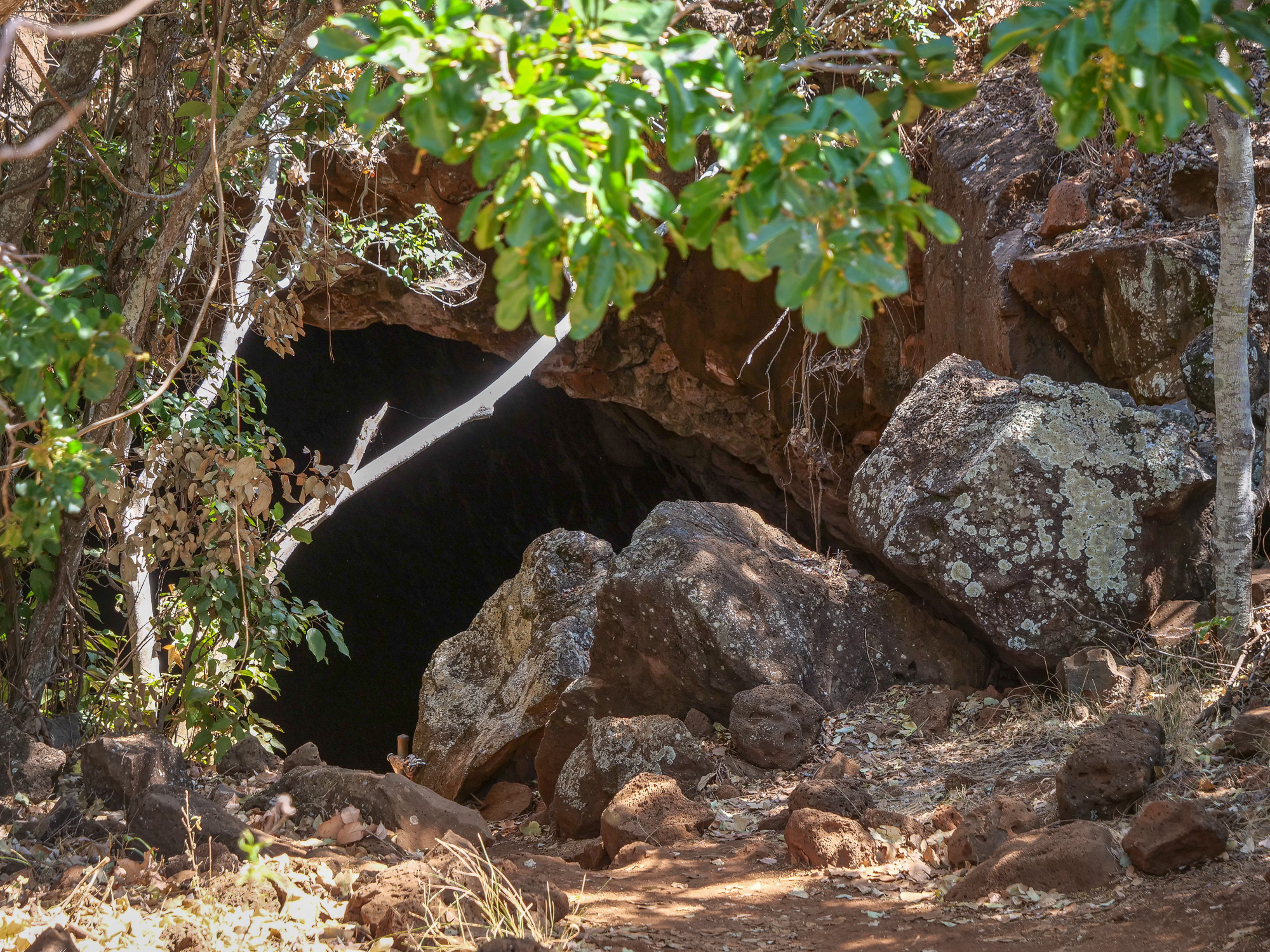
<< Photo credit: Rod – The entrance down into a lava tube >>
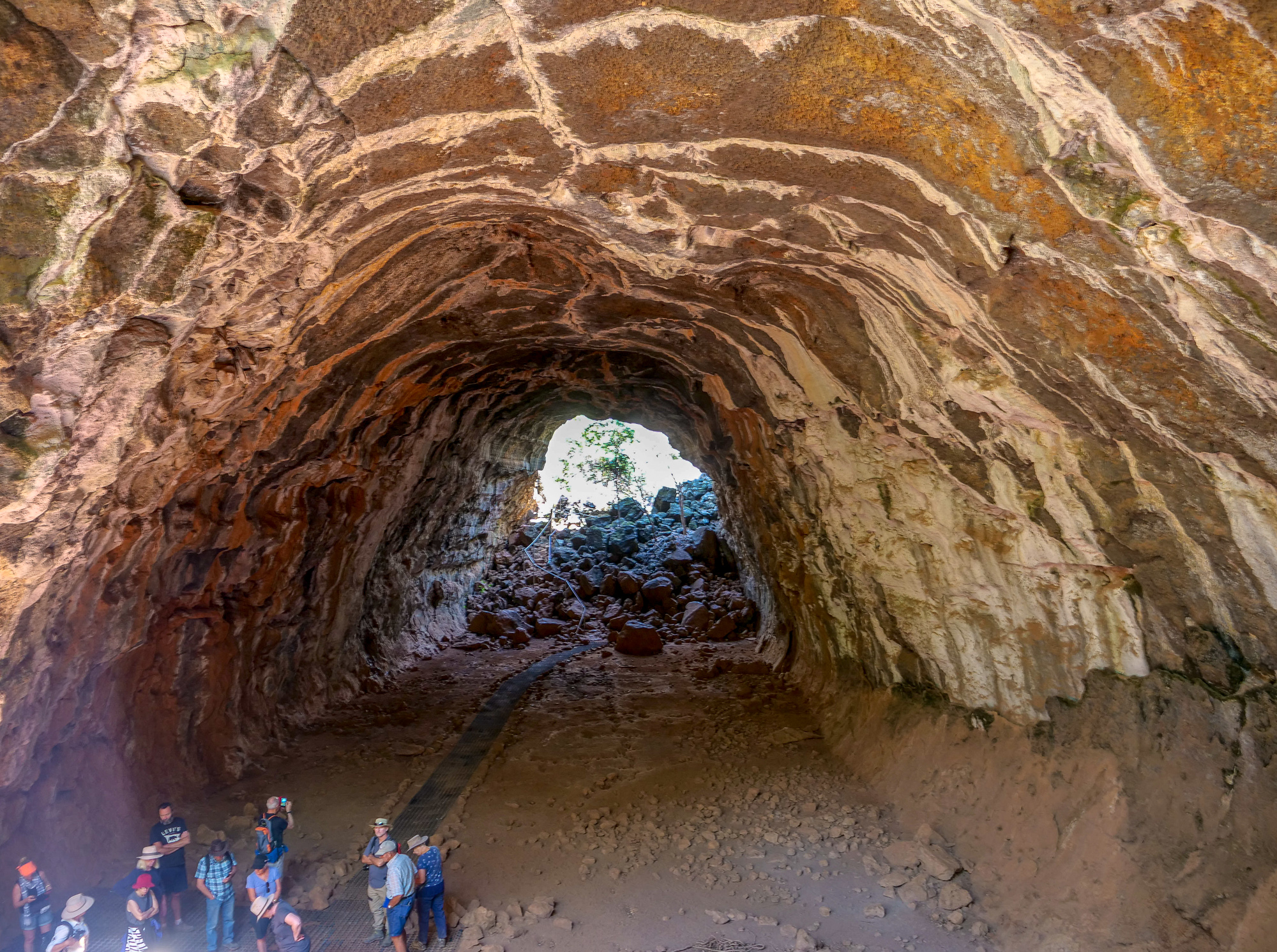
<< Photo credit: Rod – Inside a lava tube >>
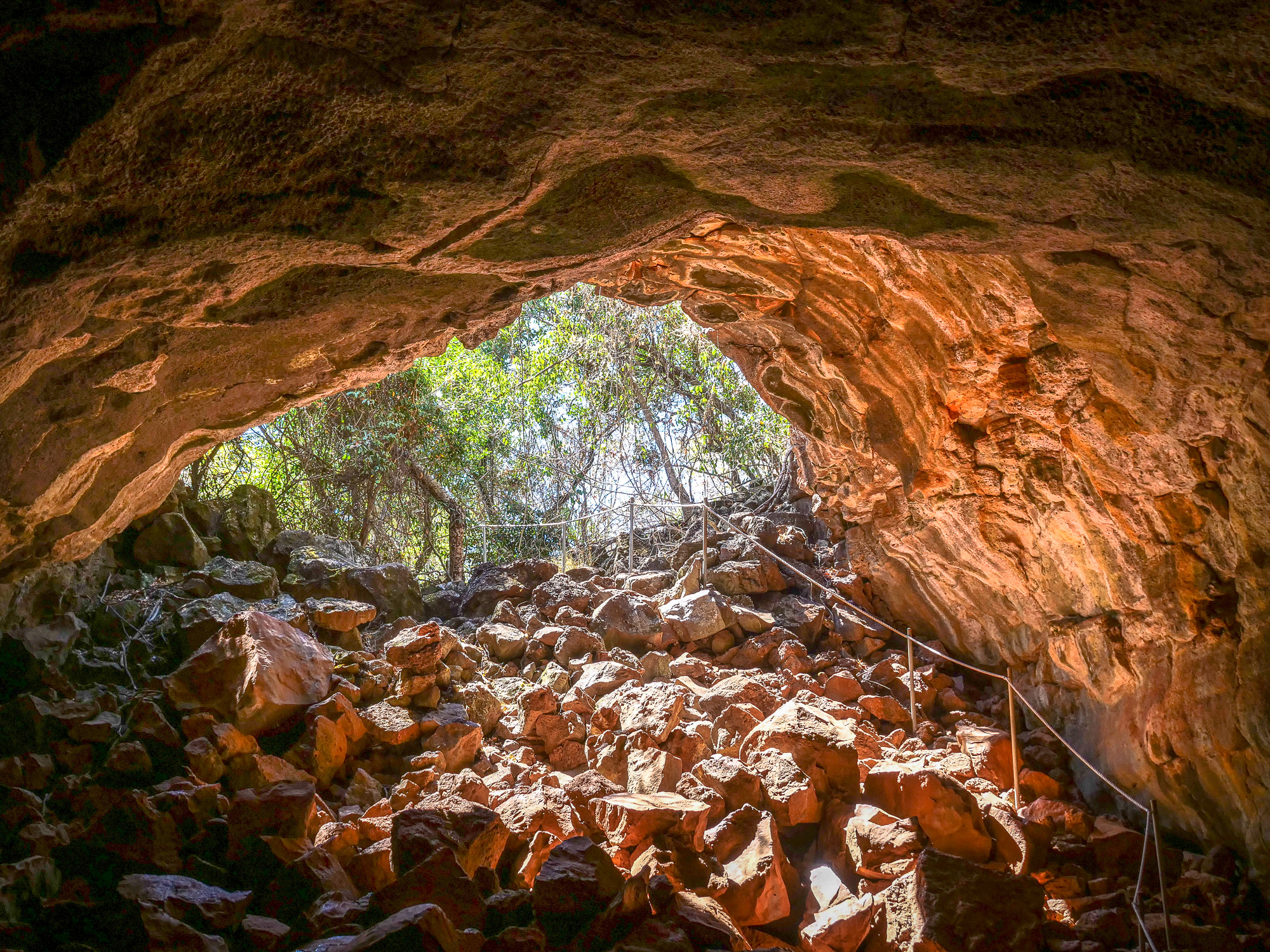
<< Photo credit: Rod – Inside a lava tube, looking out the entrance >>
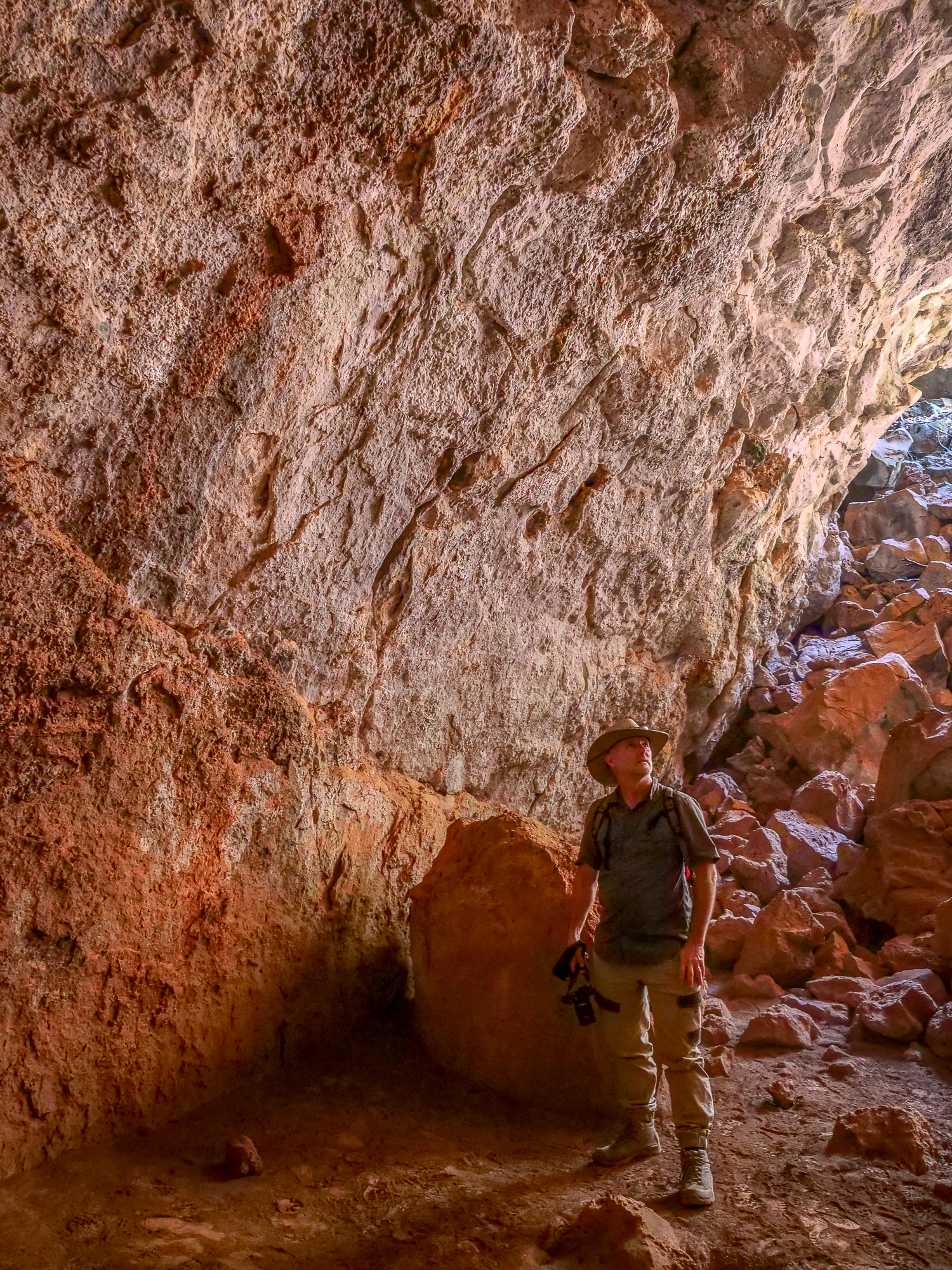
<< Photo credit: Rod – Me, looking around inside a lava tube >>
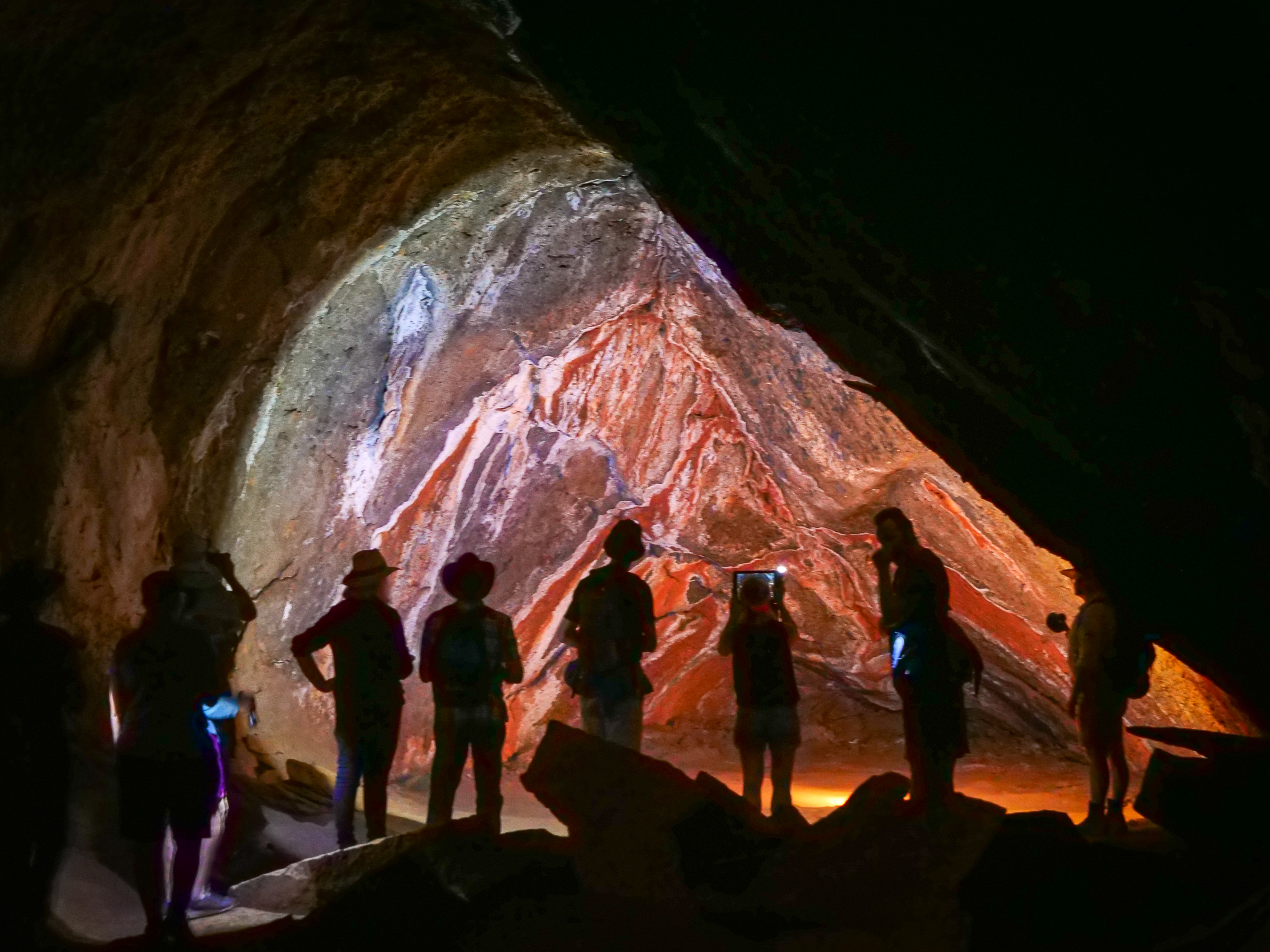
<< Photo credit: Rod – Inside a lava tube >>
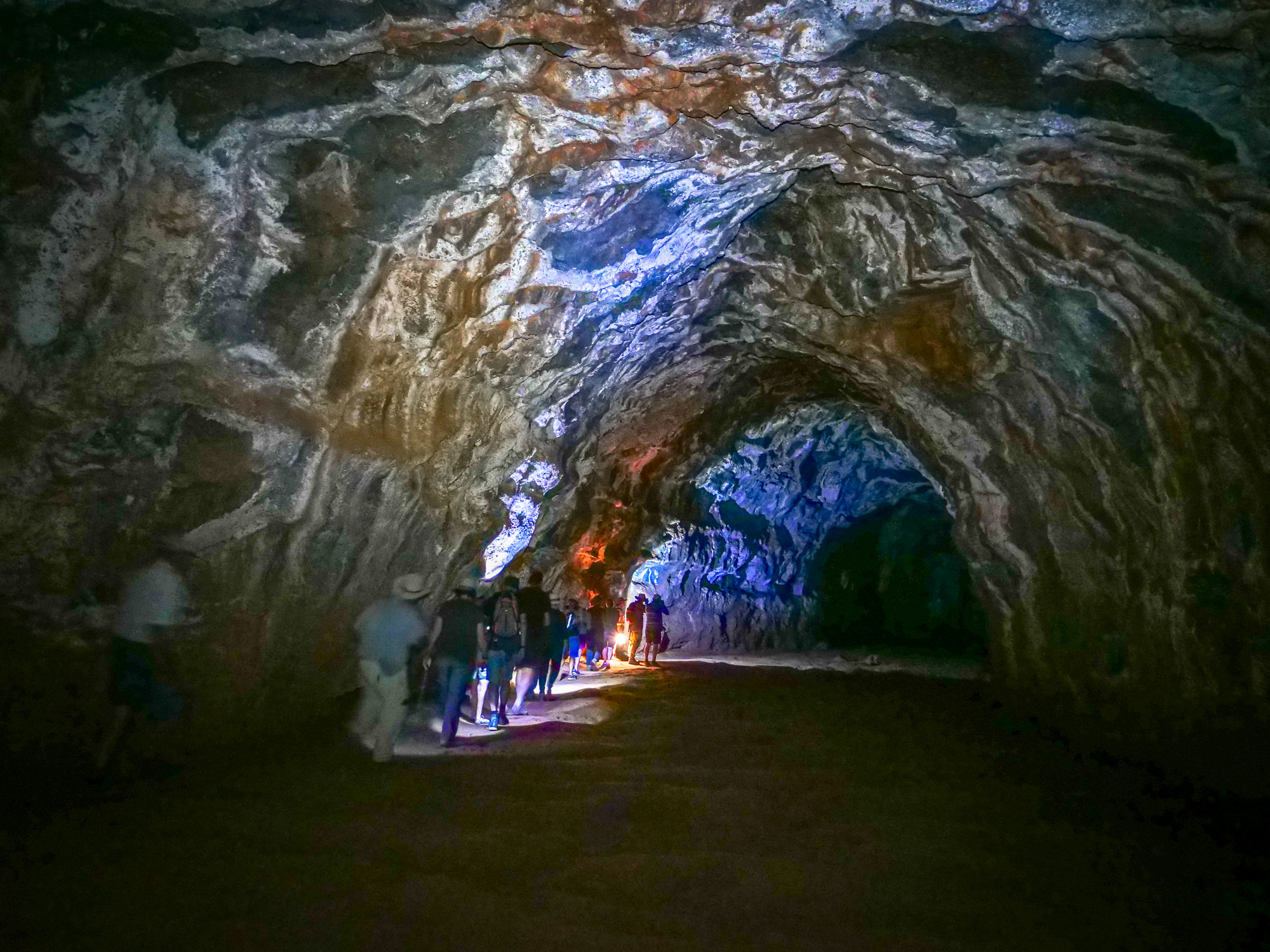
<< Photo credit: Rod – Inside a lava tube >>
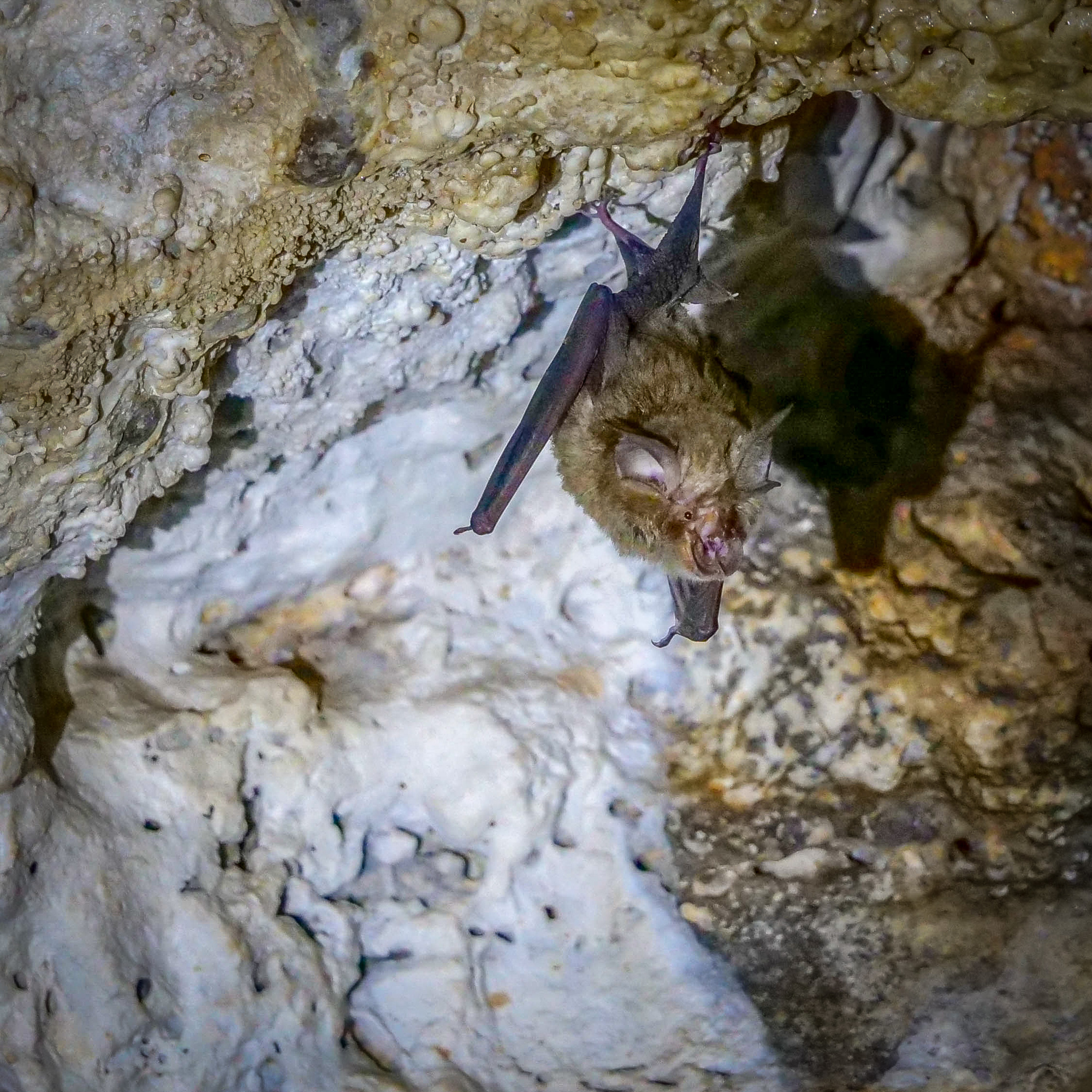
<< Photo credit: Rod – A Northern Horseshoe Bat inside a lava tube >>
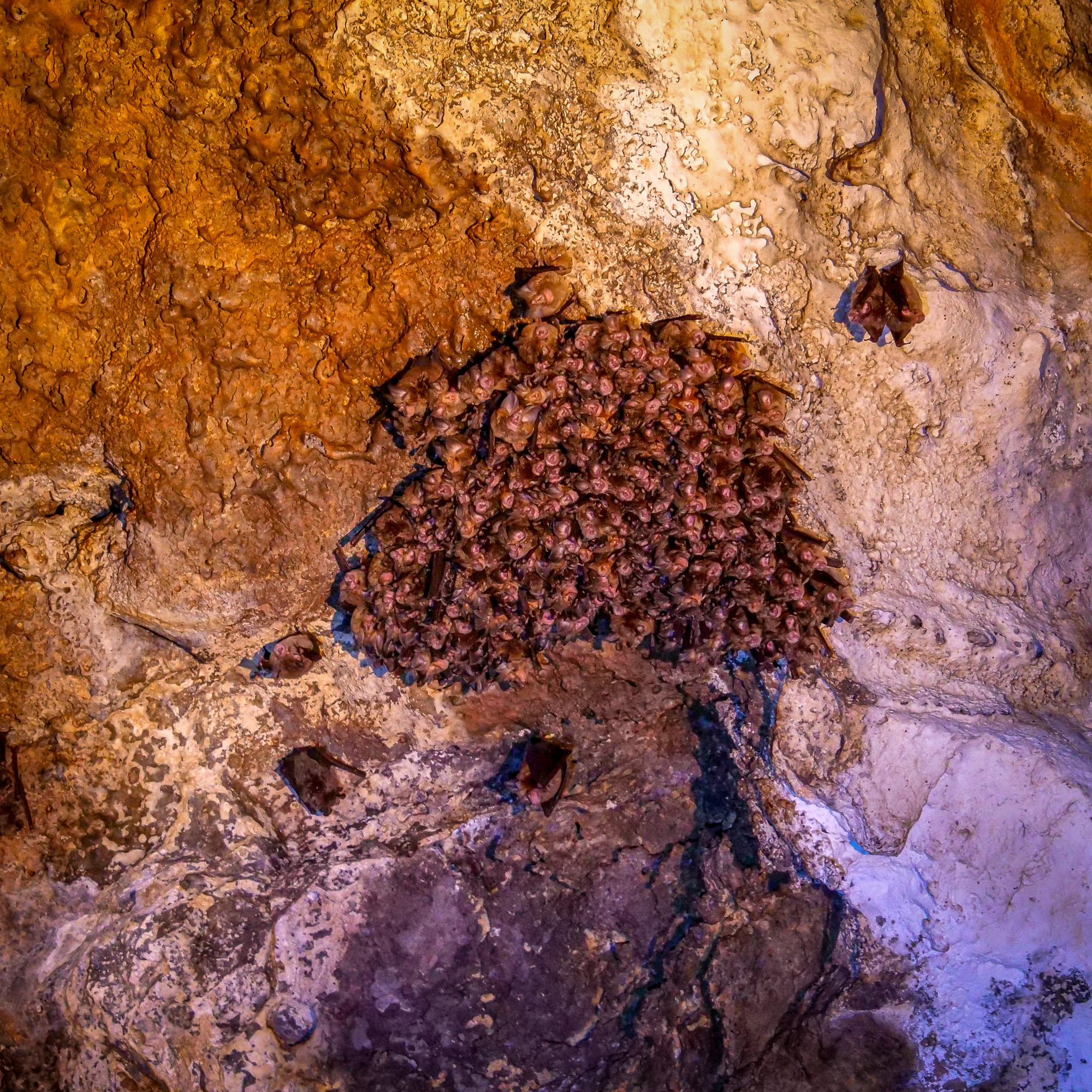
<< Photo credit: Rod – A colony of Bent-wing Bats inside a lava tube >>
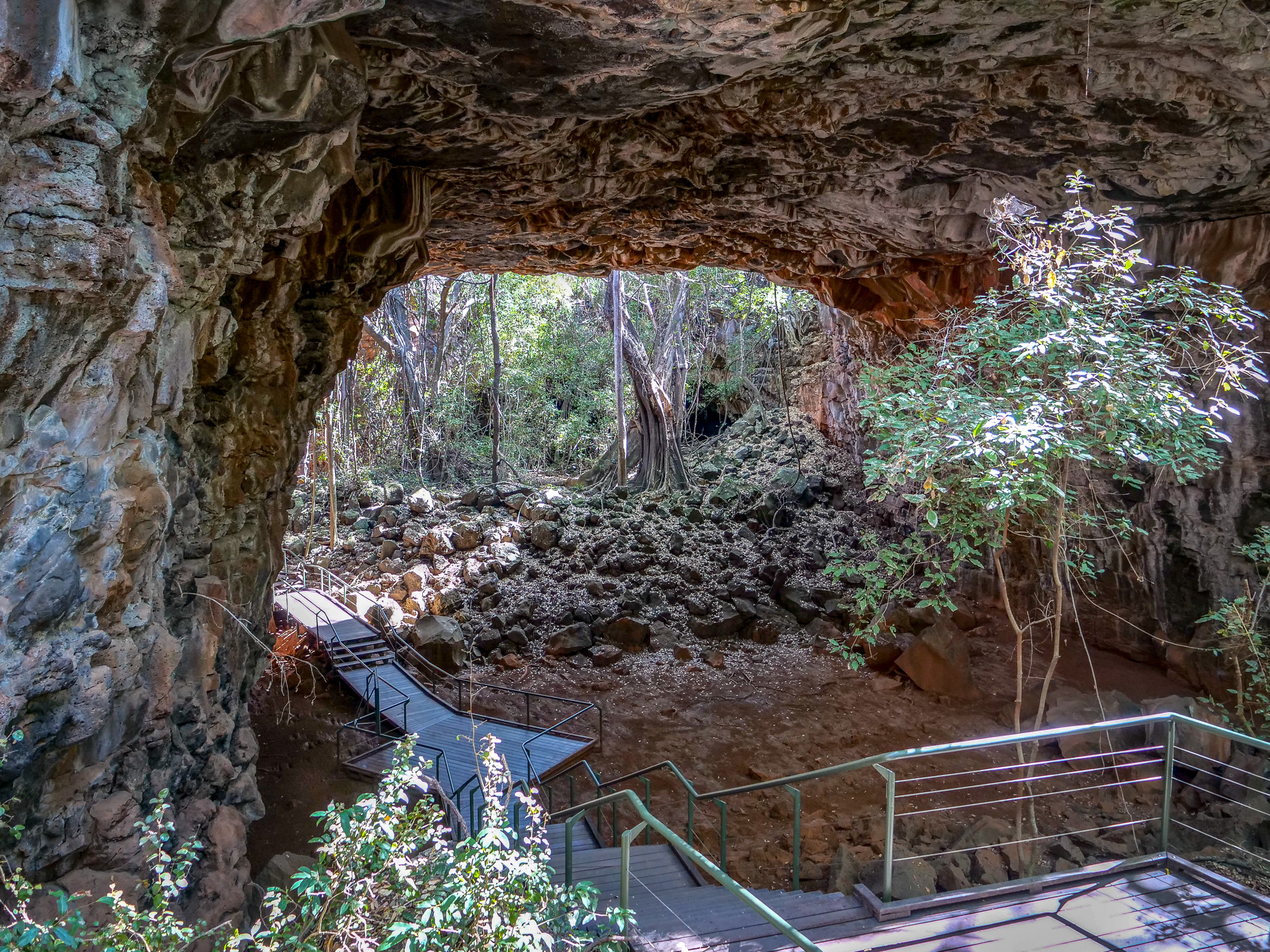
<< Photo credit: Rod – Looking down into an archway of a lava tube >>
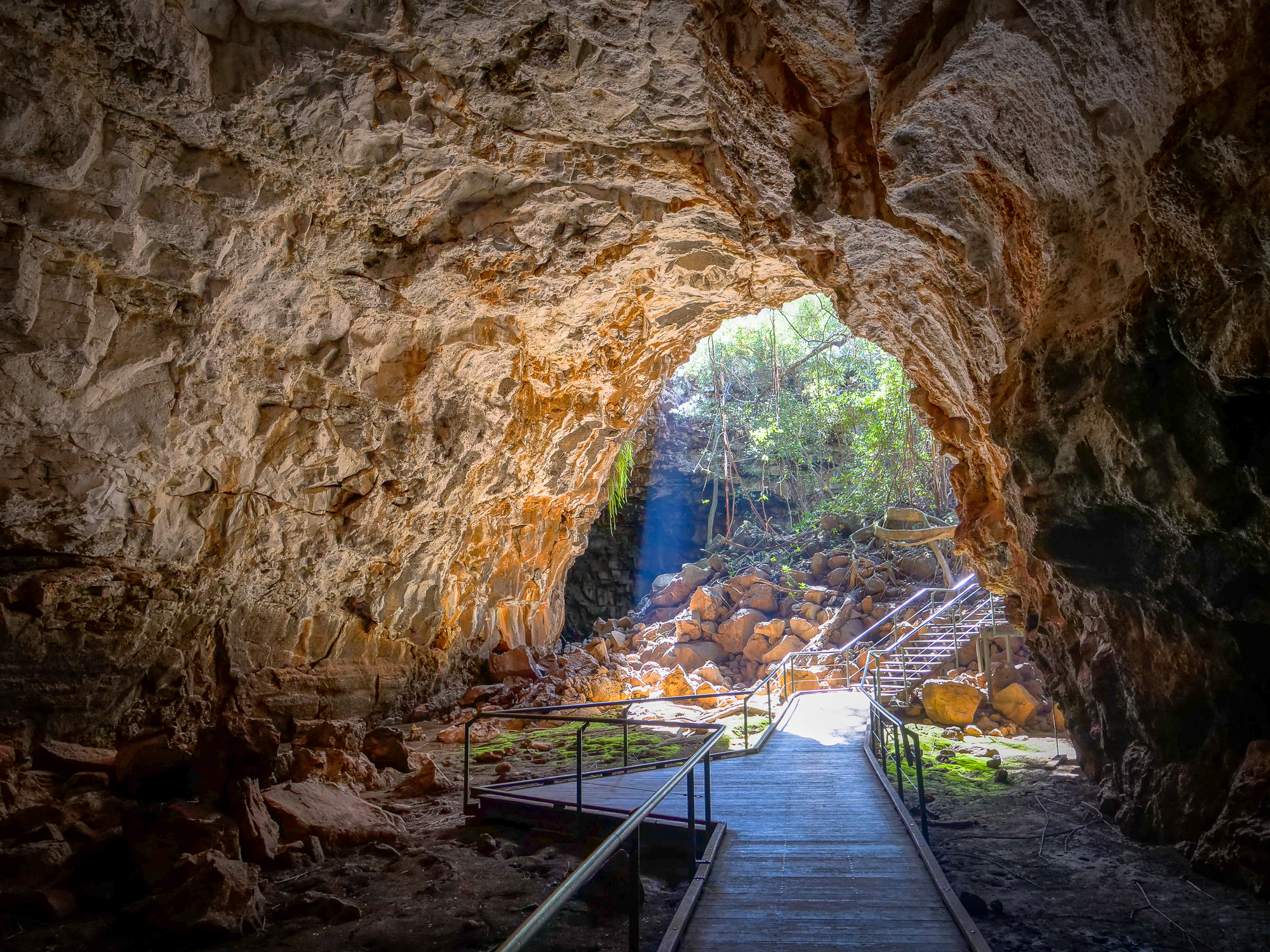
<< Photo credit: Rod – Looking back out of a lava tube >>
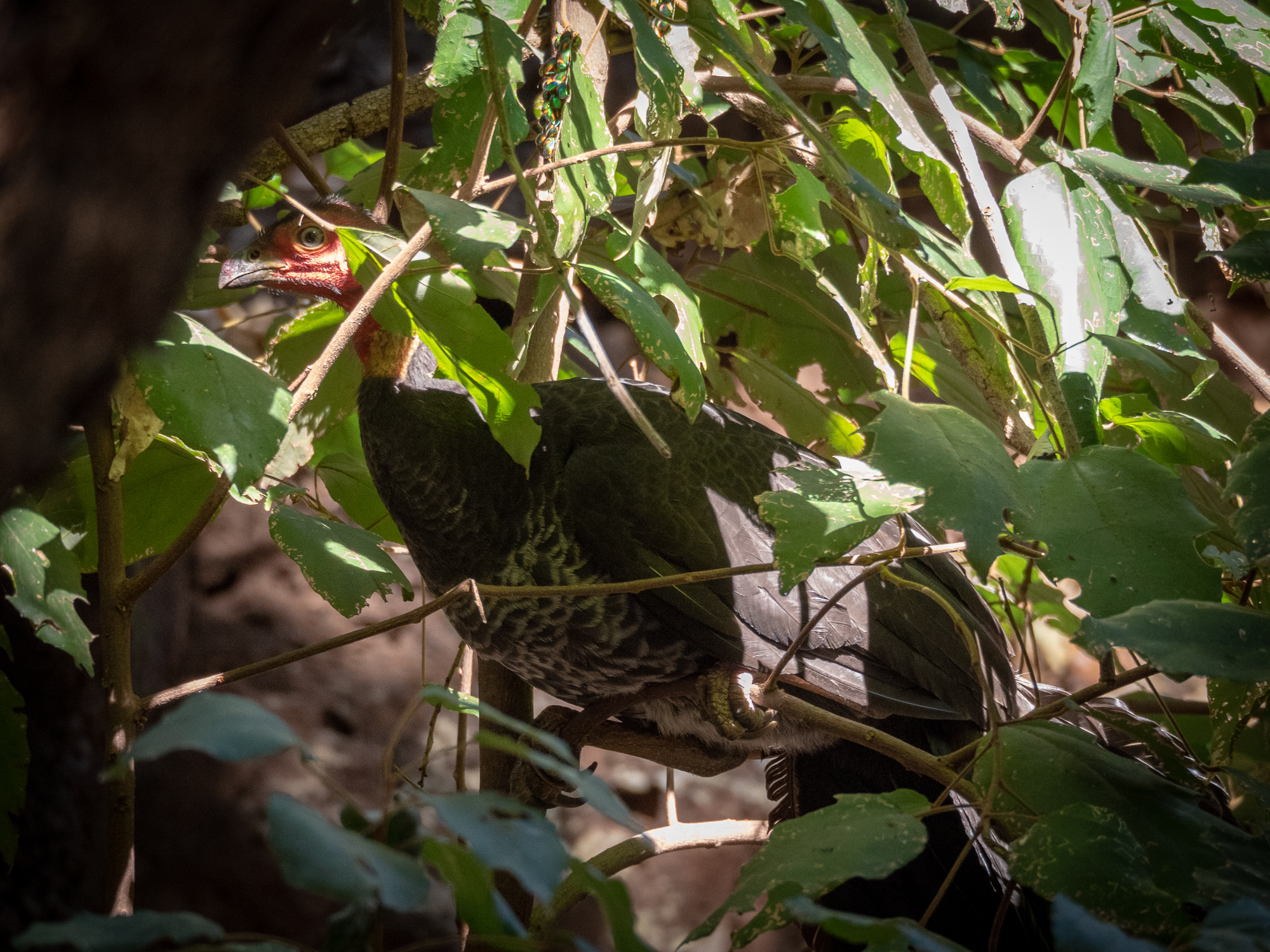
<< Photo credit: Tony – A Bush Turkey, scratching around outside a lava tube entrance. Apparently they’re a pest in Qld, but they’re funny buggers and the males build large incubation mounds >>
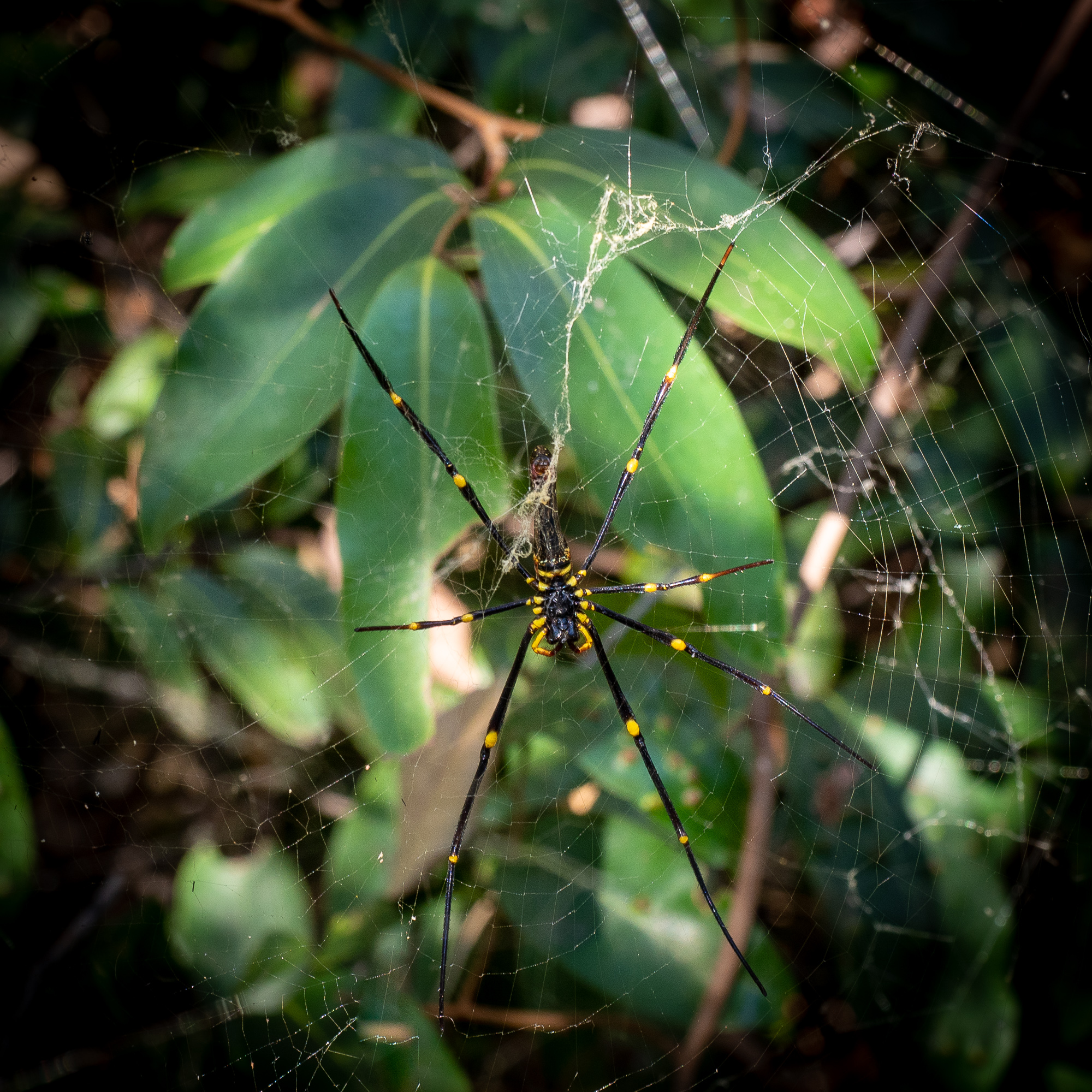
<< Photo credit: Tony – A Golden Orb Spider, about the size of an adult hand, just outside a lava tube >>
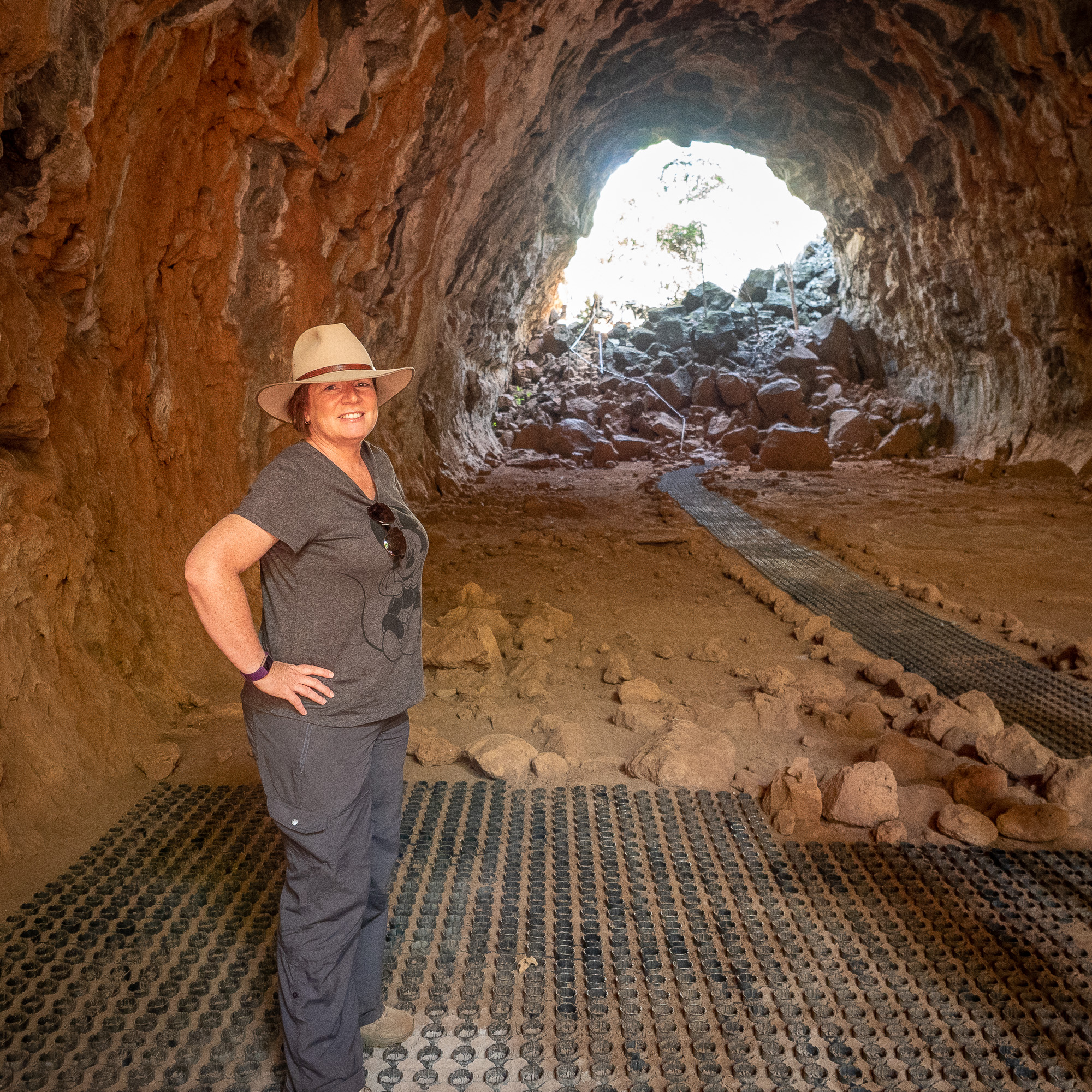
<< Photo credit: Tony – Jules inside a lava tube >>
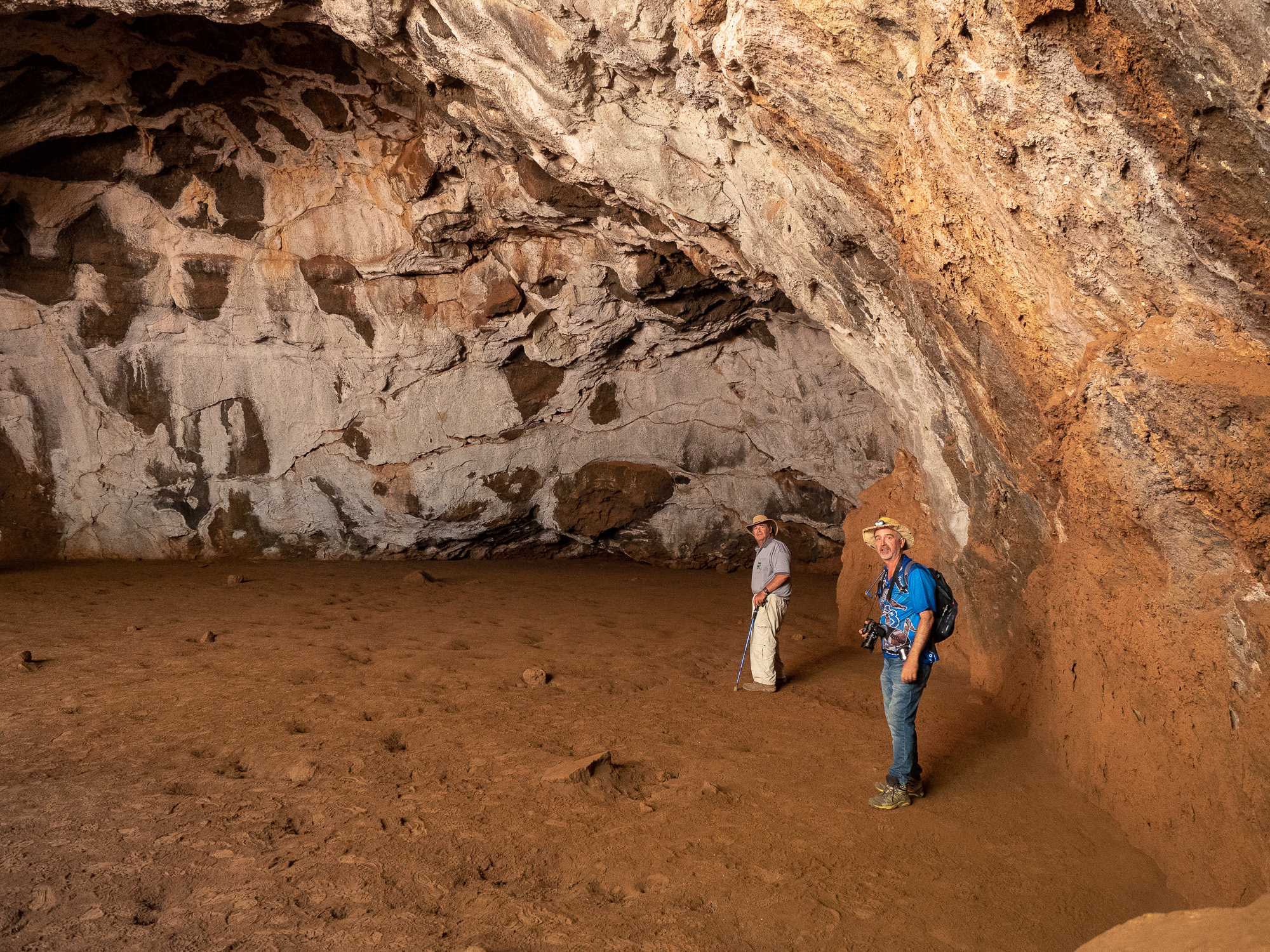
<< Photo credit: Tony – BJ and Rod inside a lava tube >>
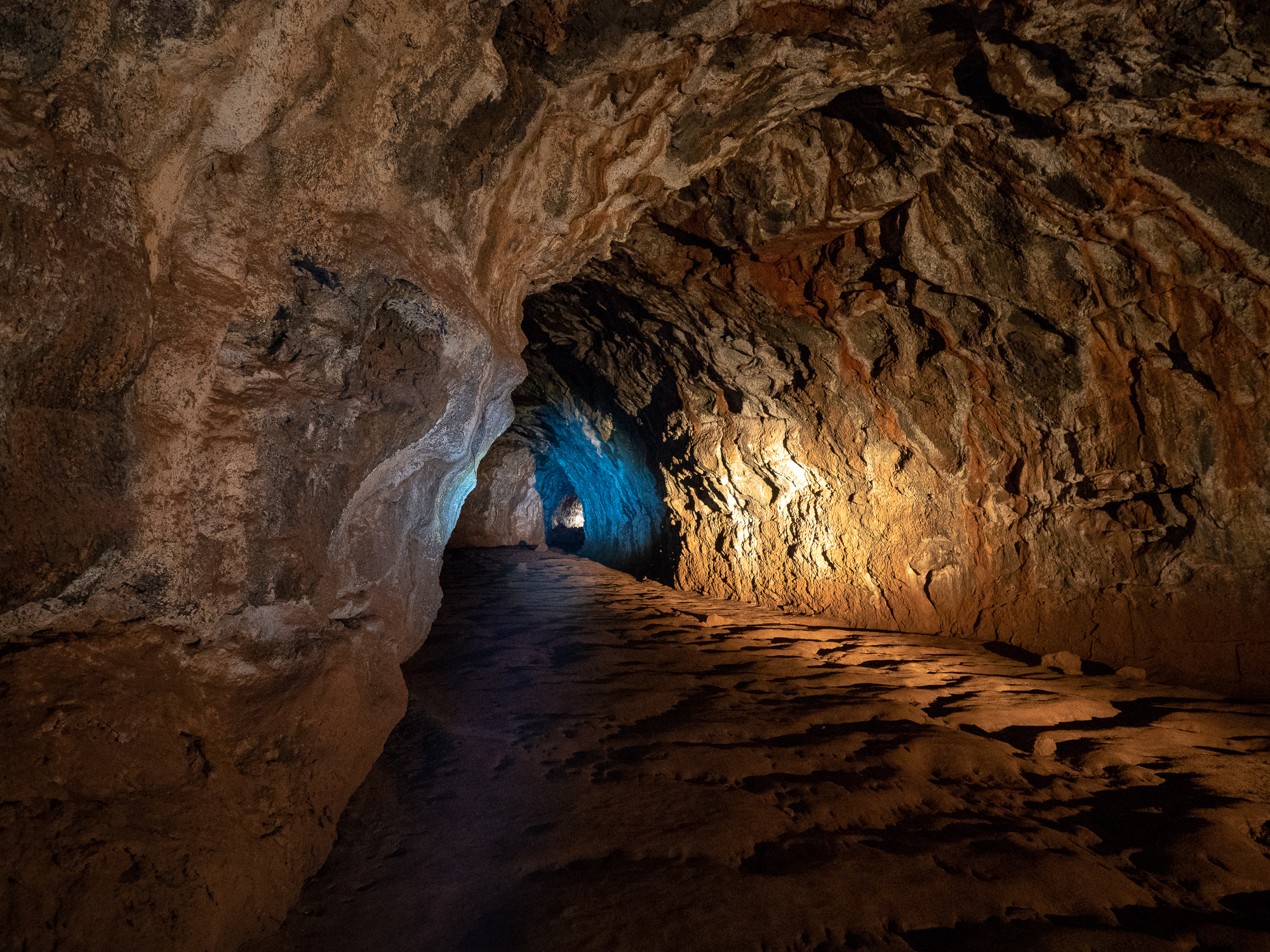
<< Photo credit: Tony – Looking down the lava tube towards an entrance >>
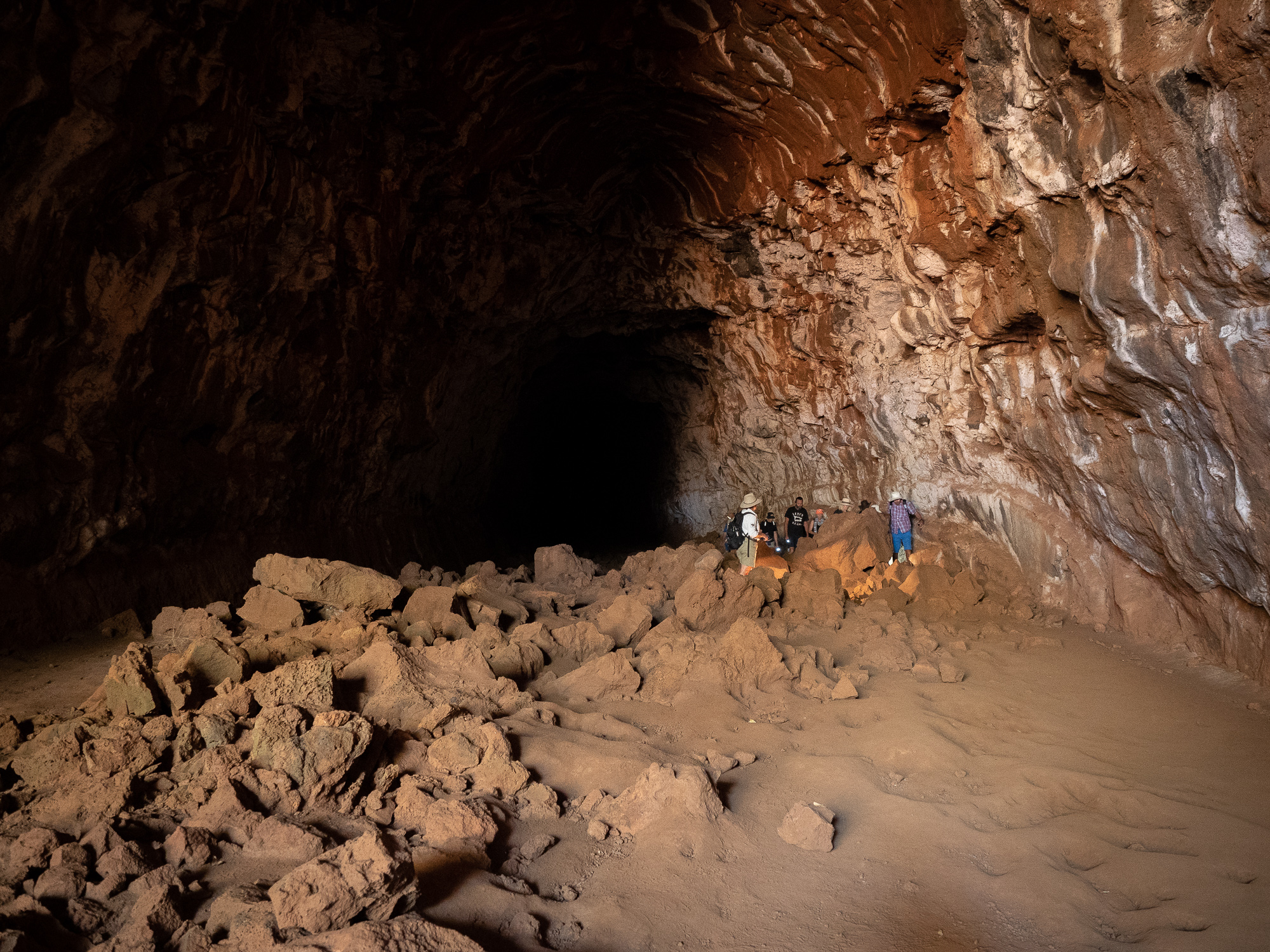
<< Photo credit: Tony – Inside a lava tube >>
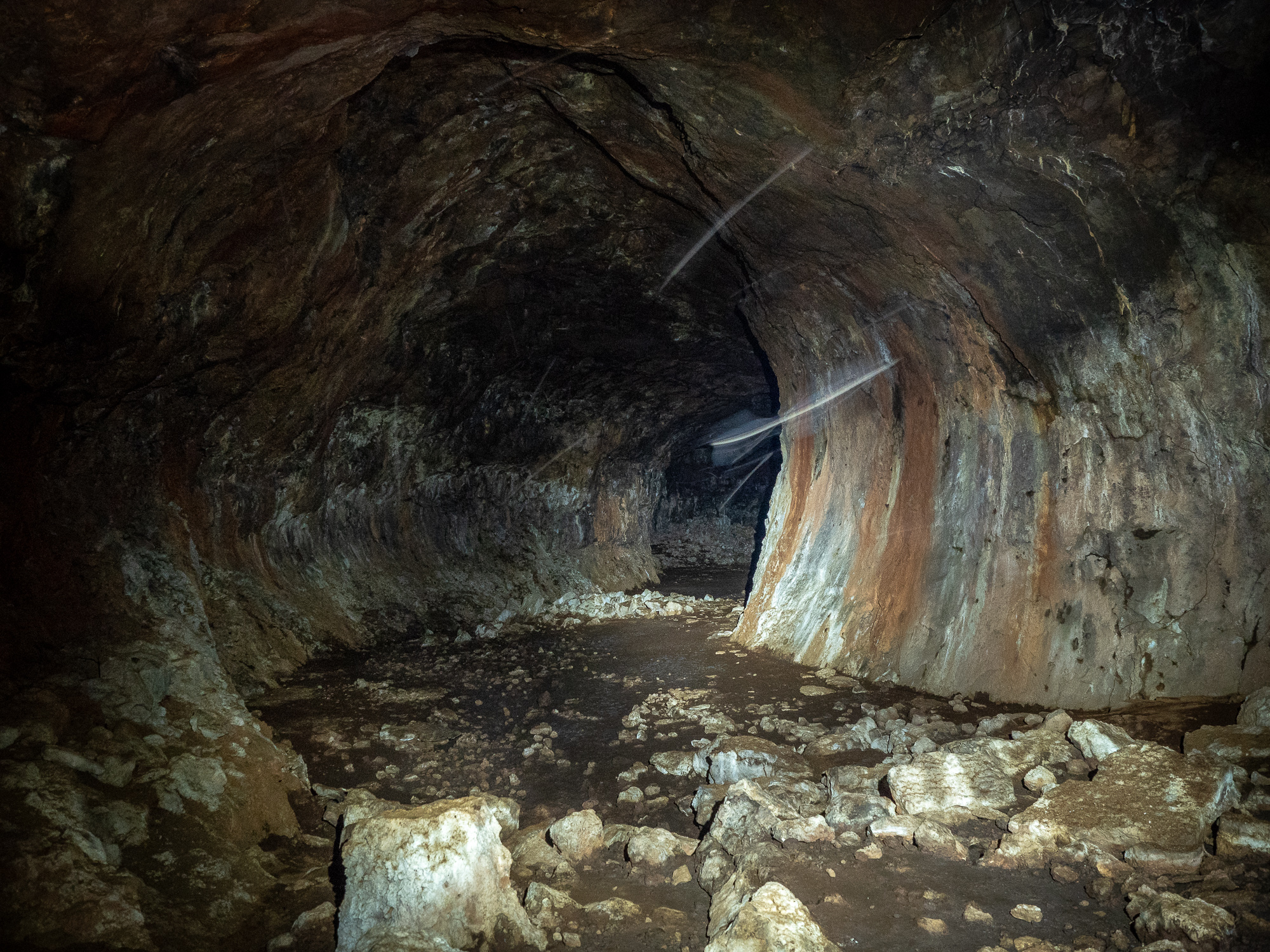
<< Photo credit: Tony – Inside a lava tube. Those streaks are bats flying past the lens on a long exposure. In this tube there were thousands, possibly hundreds of thousands of bats and when we stirred them up with the torch lights they started flying around and between us >>
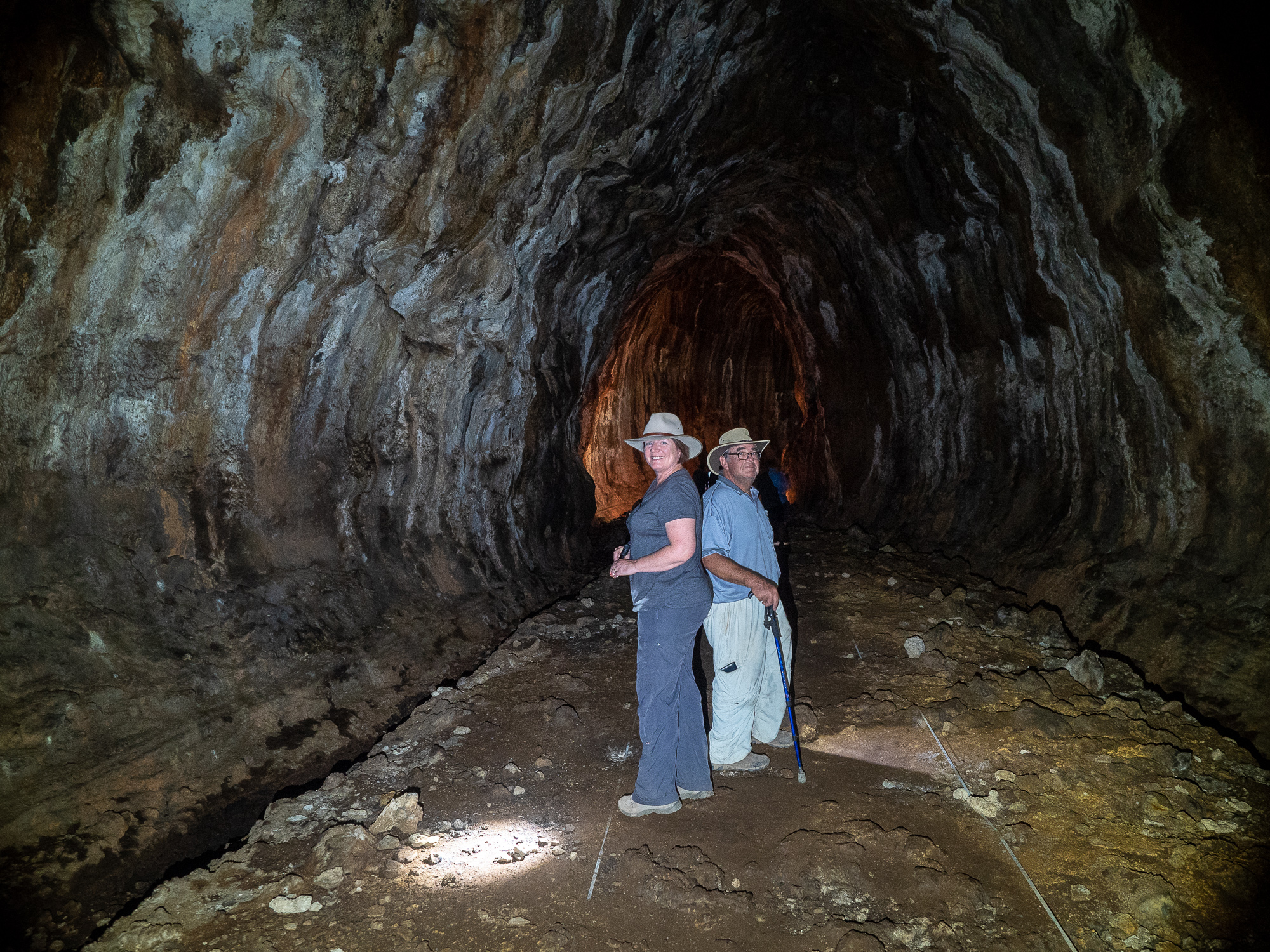
<< Photo credit: Tony – Jules and BJ inside a lava tube >>
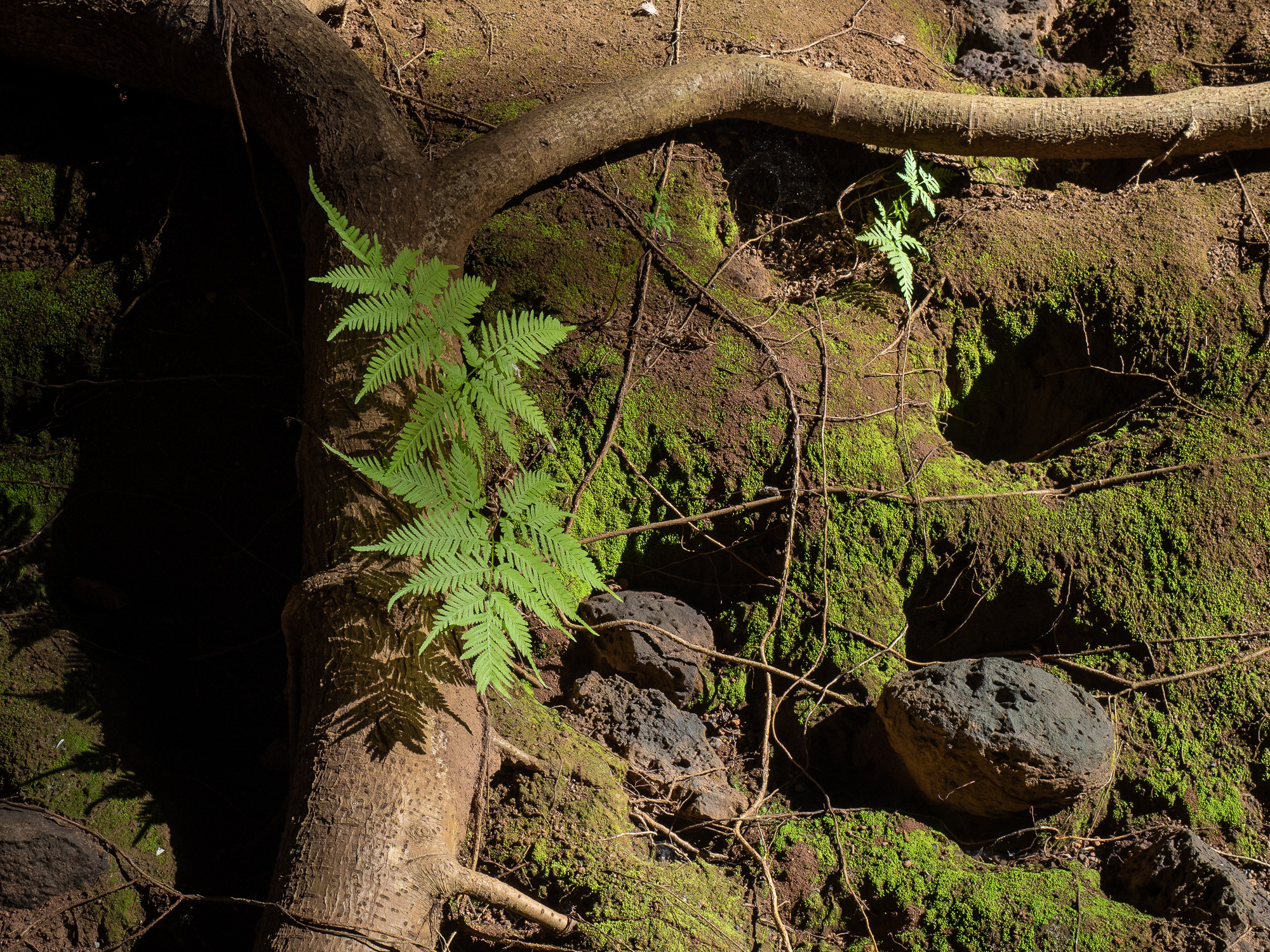
<< Photo credit: Tony – Moss, fern and tree roots, growing just inside the entrance of a lava tube >>
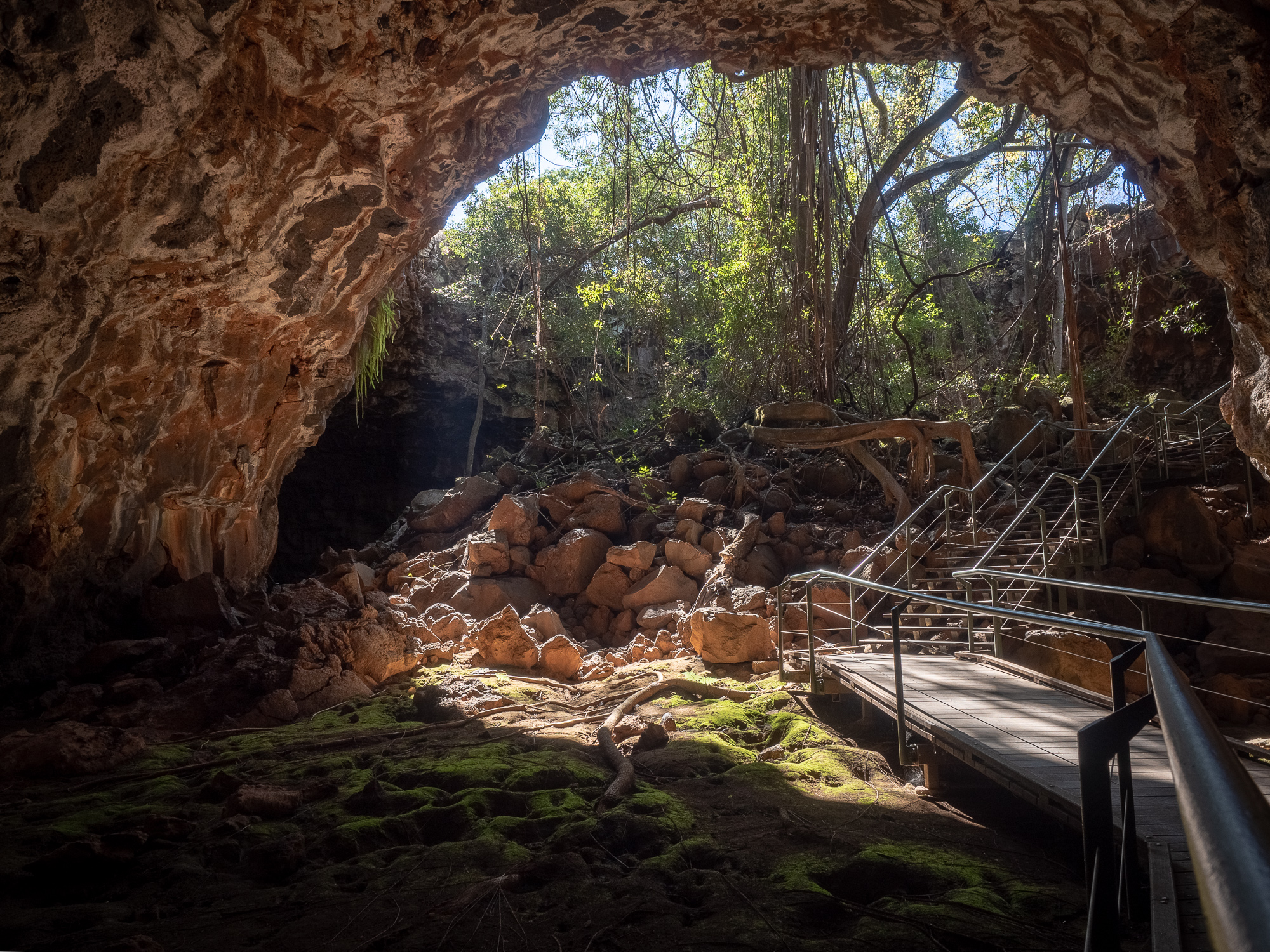
<< Photo credit: Tony – Looking out of a lava tube >>
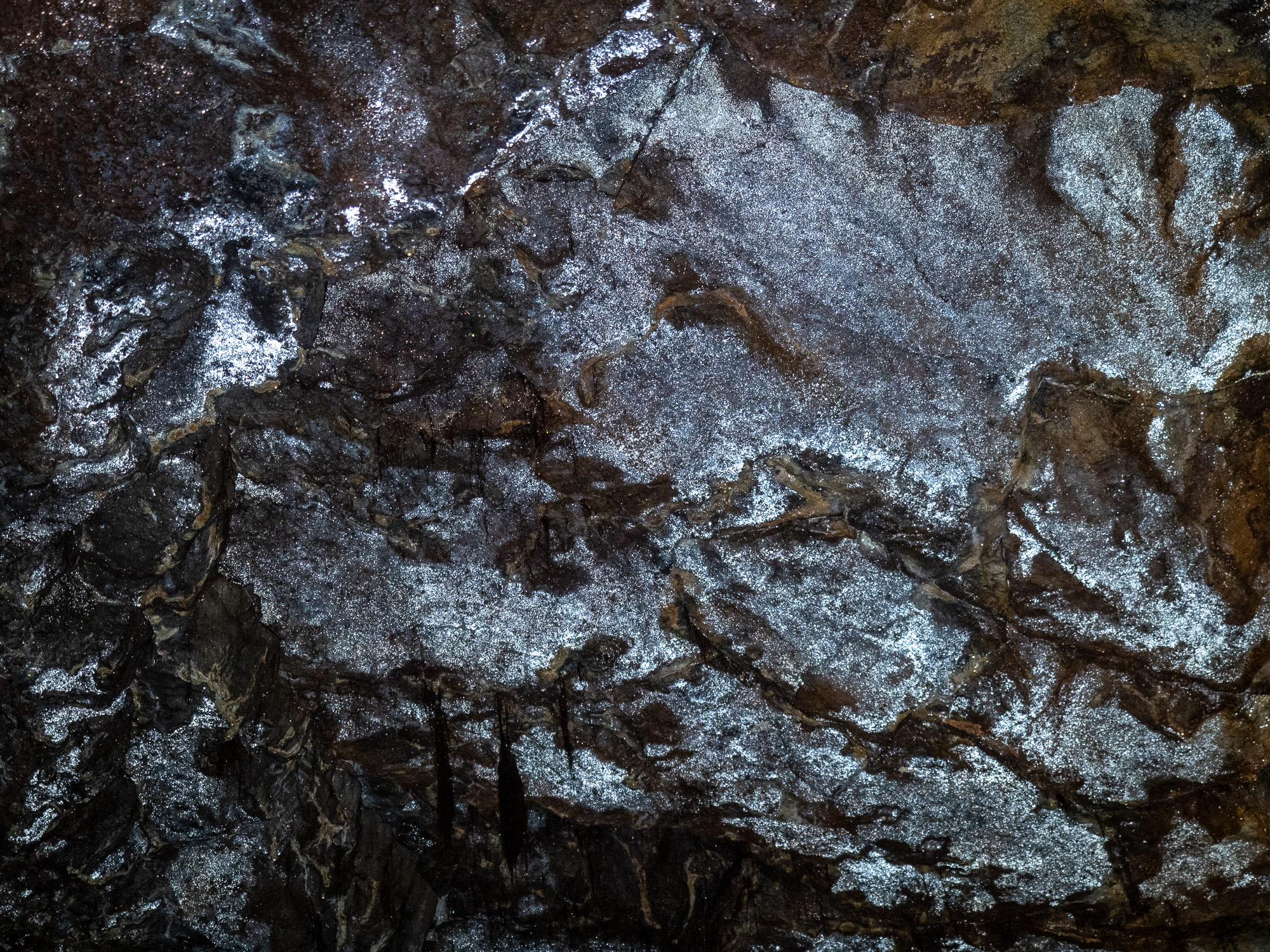
<< Photo credit: Tony – Photo doesn’t do it justice, but in this lava tube, moisture from above is collecting as water droplets on the ceiling and they look like millions of tiny stars or crystals when you shine a light on them>>
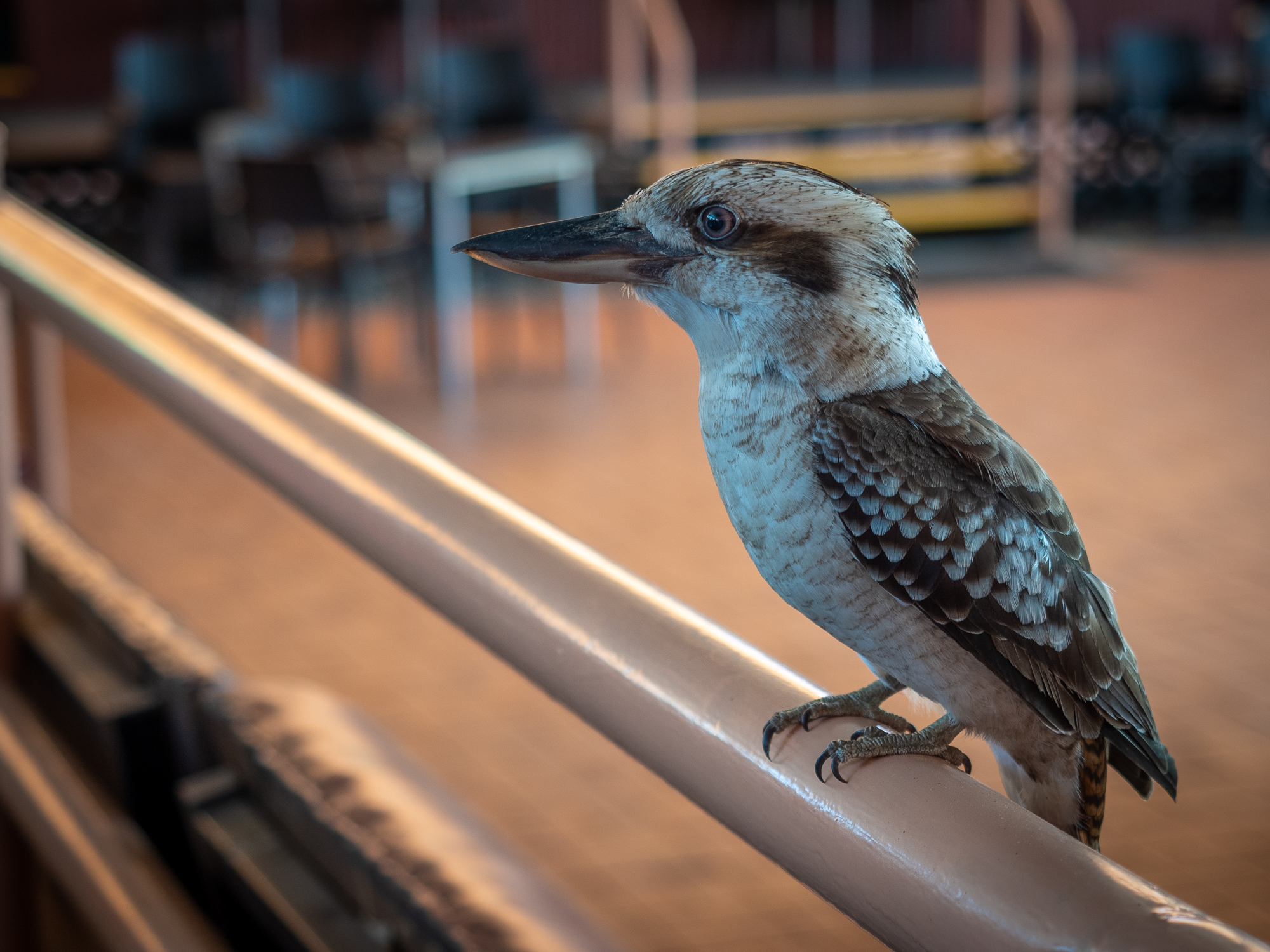
<< Photo credit: Tony – A smart Bluewing Kookaburra, waiting to sneak food scraps from our lunch >>
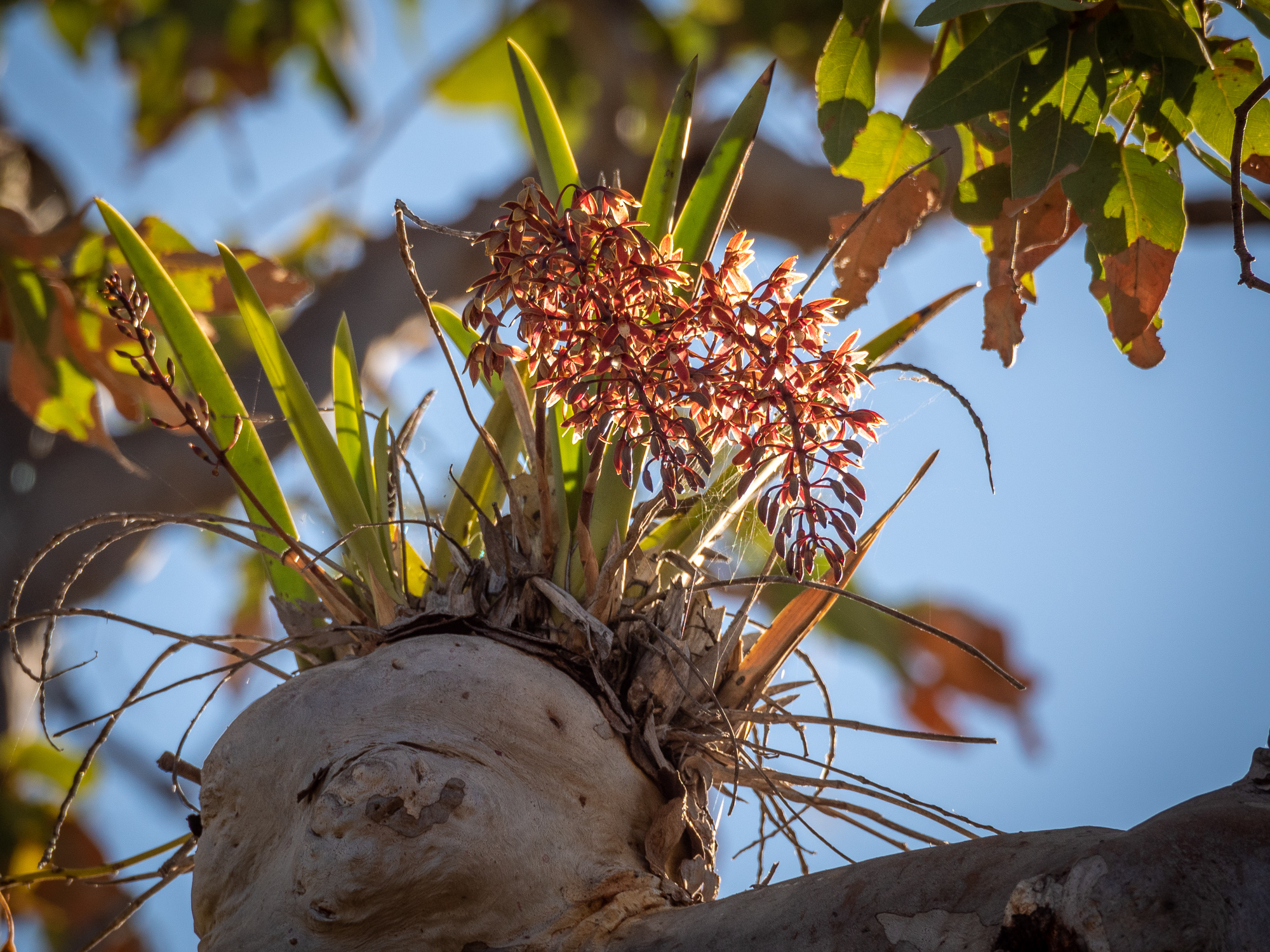
<< Photo credit: Tony – A native tree orchid in flower, about 10mtrs up in a gum tree, outside a lava tube >>
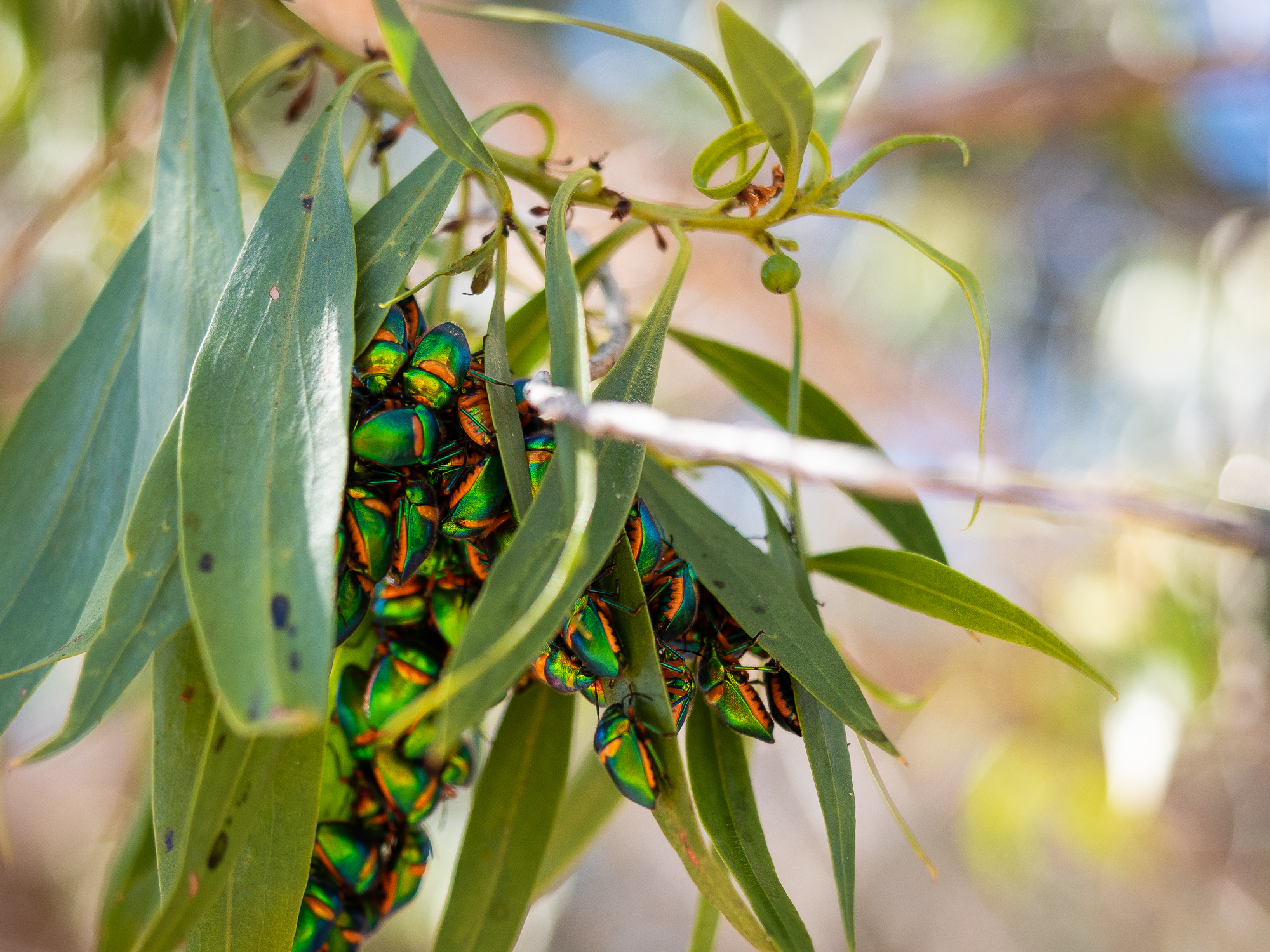
<< Photo credit: Tony – A bunch of shiny beetles, outside a lava tube >>
We finished the day with homemade Pinnarendi pizzas, baked in their pizza oven, sharing some drinks and stories with the other members of the park.
Opting for a rest and repairs day today, Thursday 23rd Aug, Rod and I took a pre-dawn walk around the park to see what we could find, before we spent the rest of the day mucking about the campsite and doing the odd jobs that we’d been ignoring for a while.
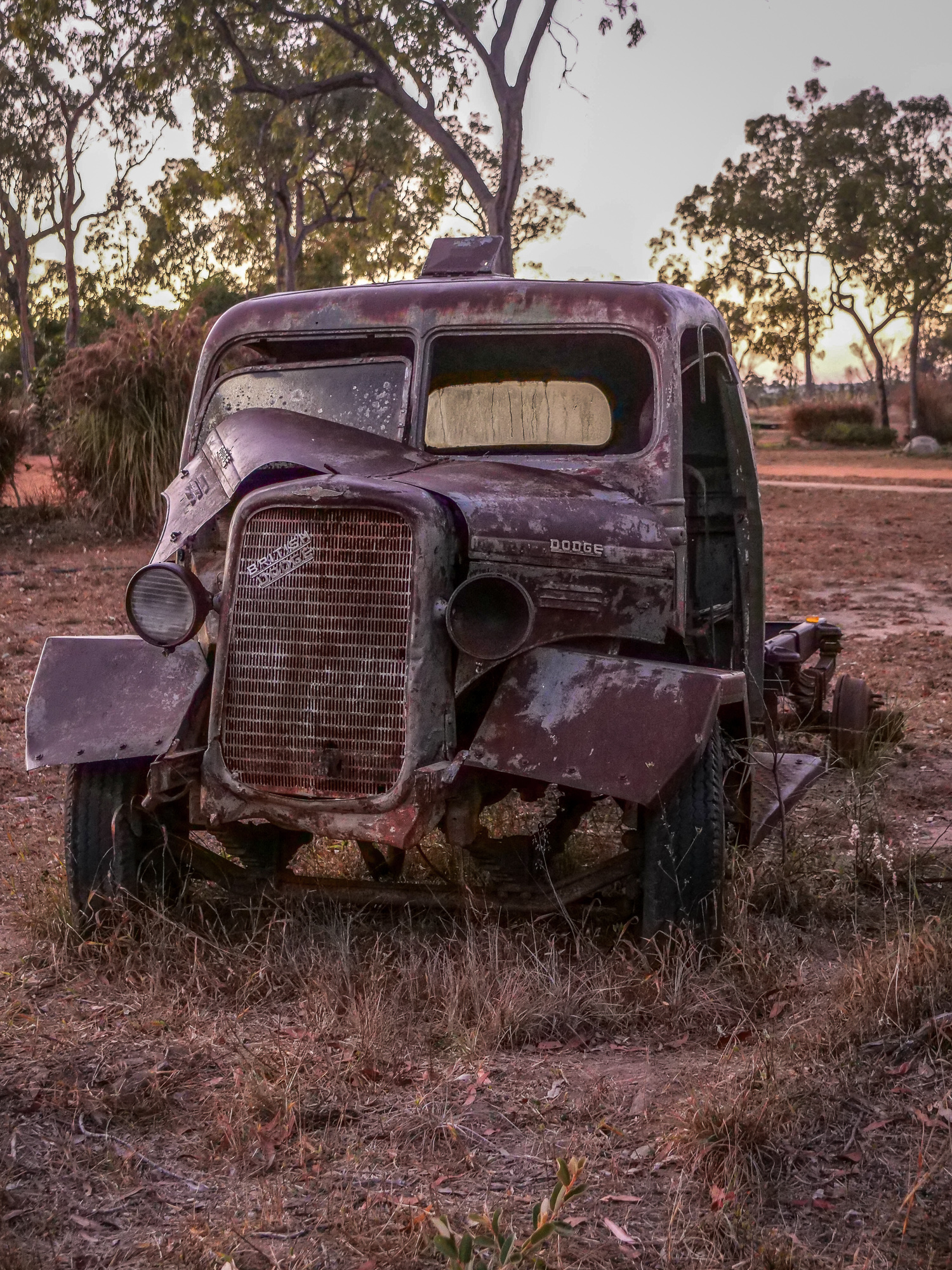
<< Photo credit: Rod – An old truck at the Pinnarendi Station >>
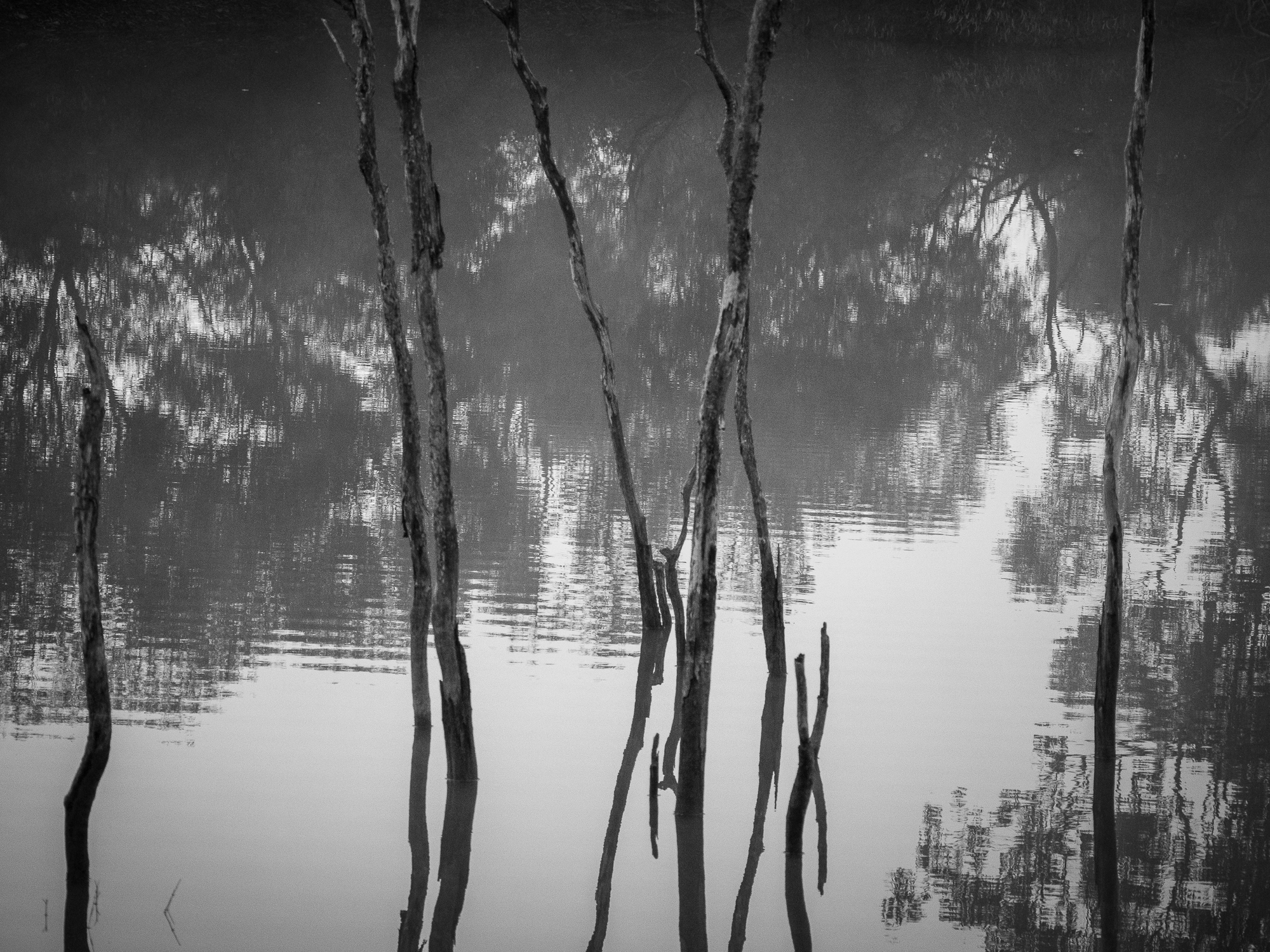
<< Photo credit: Tony – Predawn reflections in a dam at the Pinnarendi Station >>
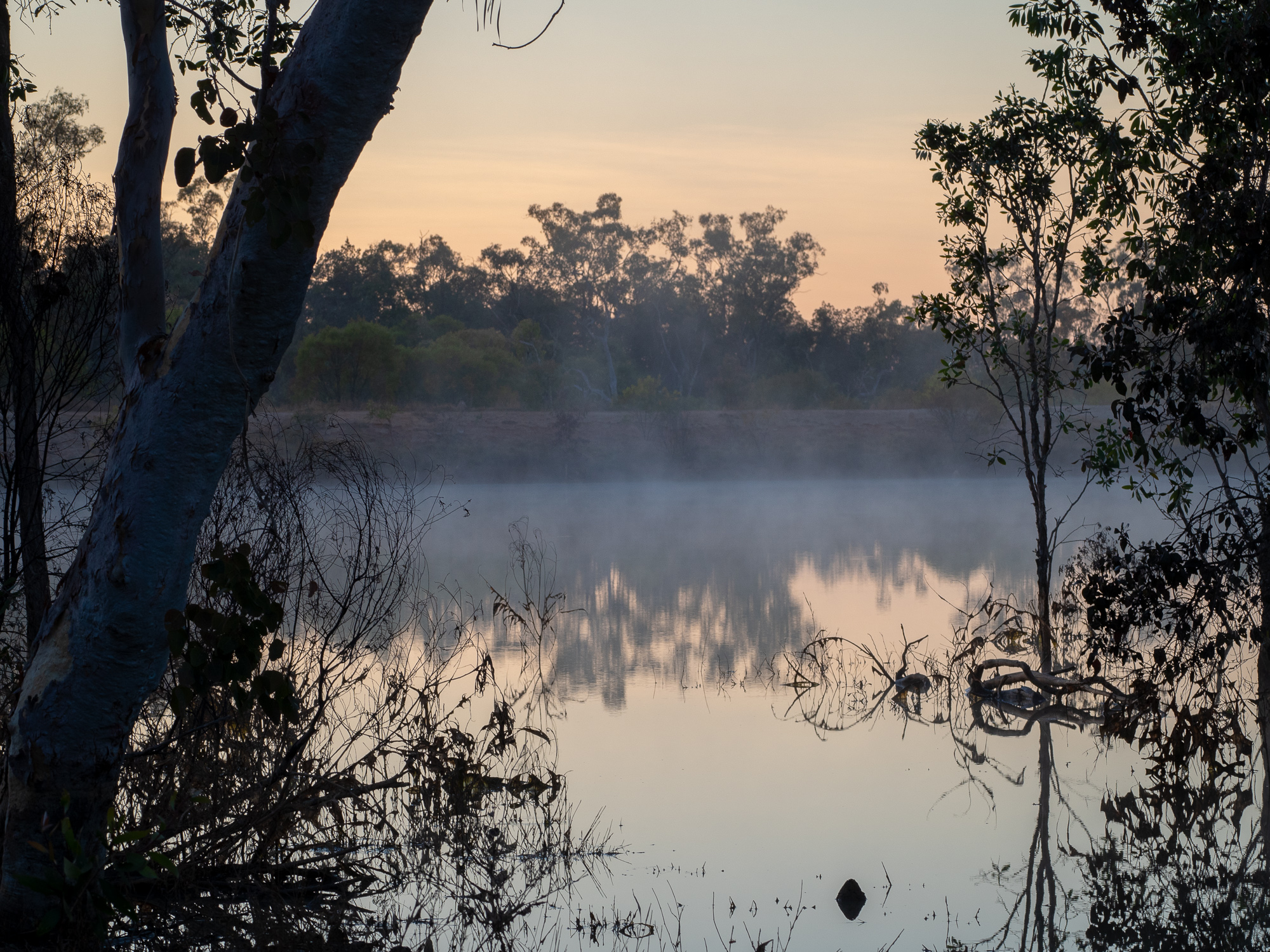
<< Photo credit: Tony – Mist rising off a dam in the pre-dawn light at the Pinnarendi Station >>
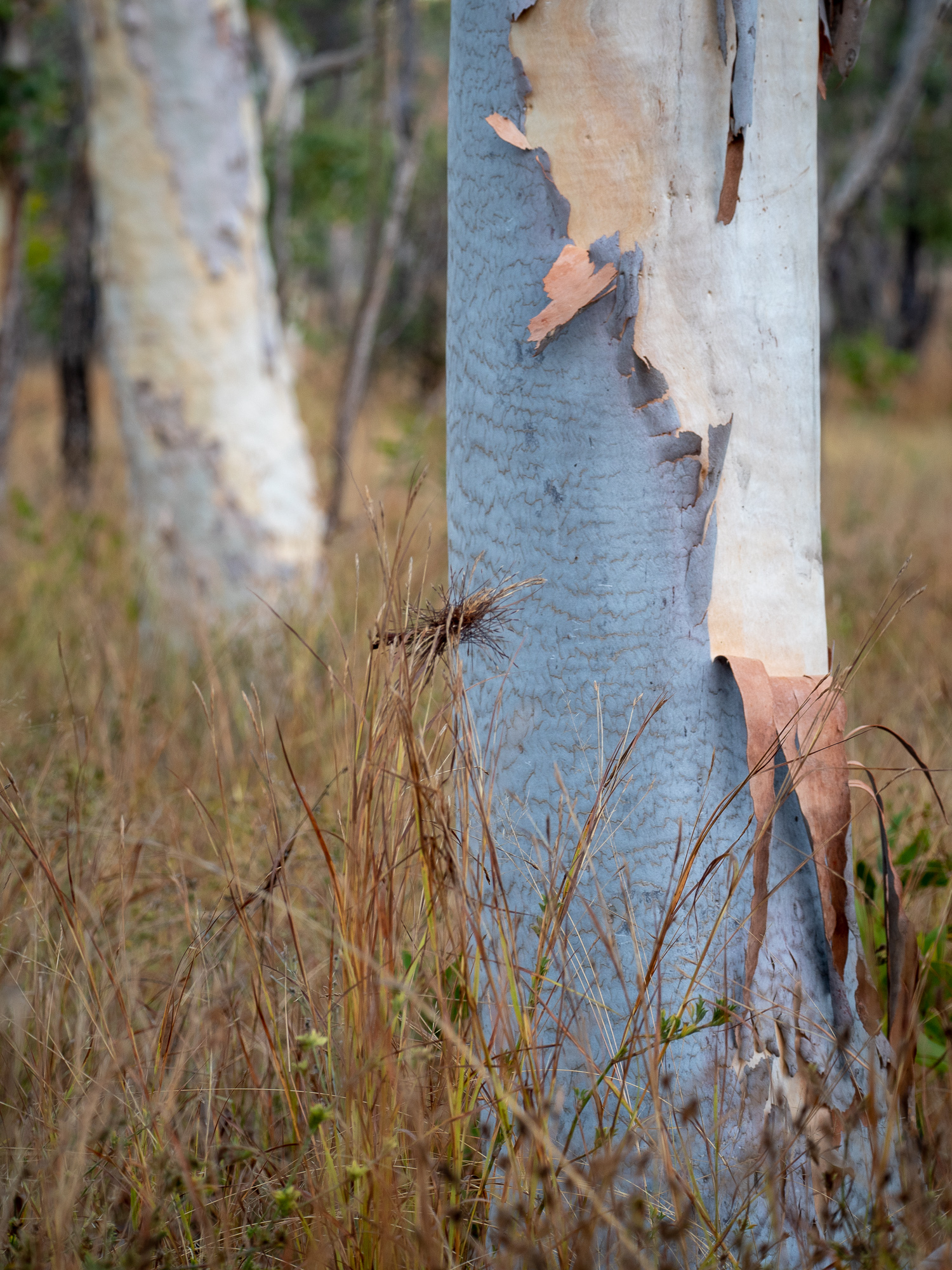
<< Photo credit: Tony – Beautiful gum trees at the Pinnarendi Station >>
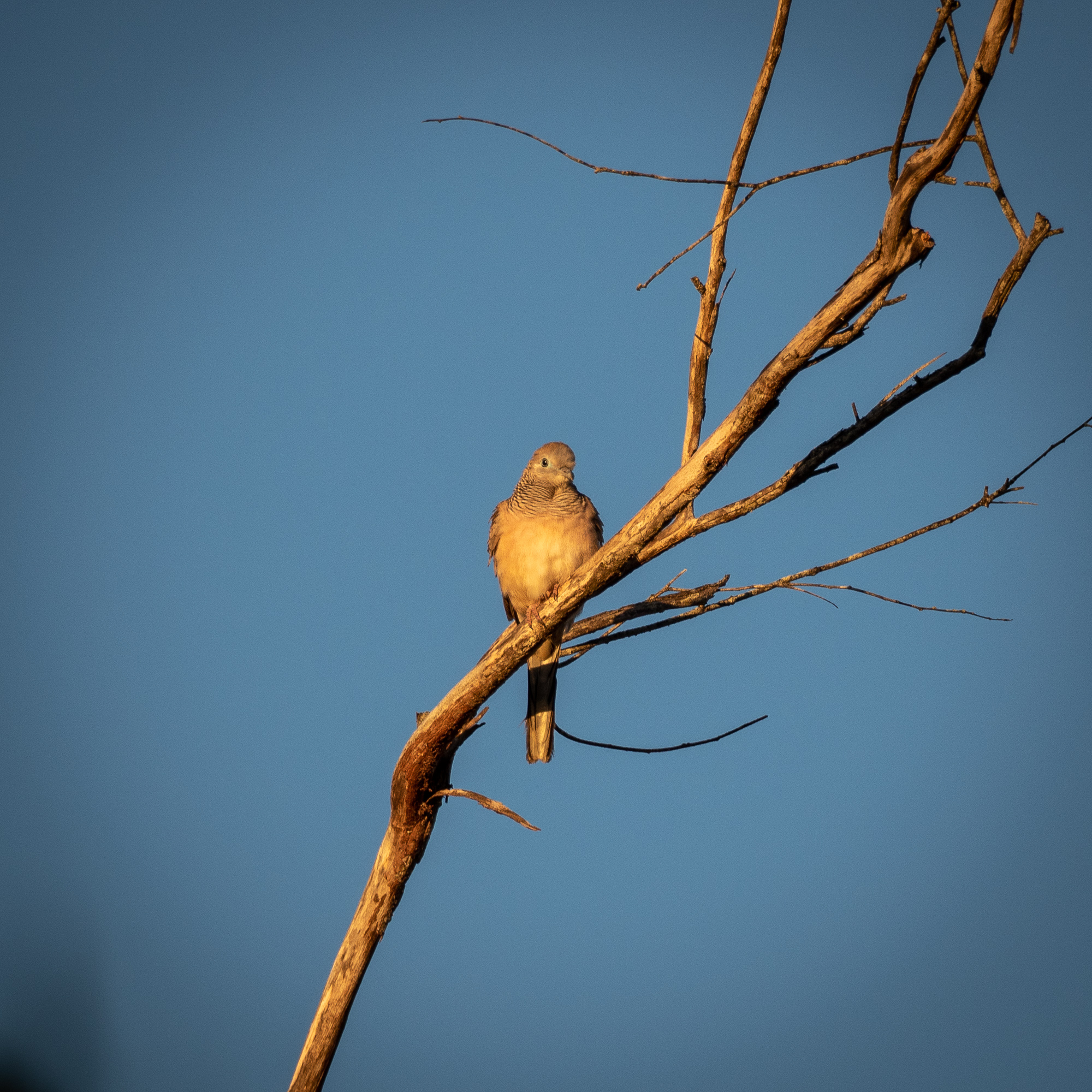
<< Photo credit: Tony – A dove type birdy, soaking up the morning sun at the Pinnarendi Station >>
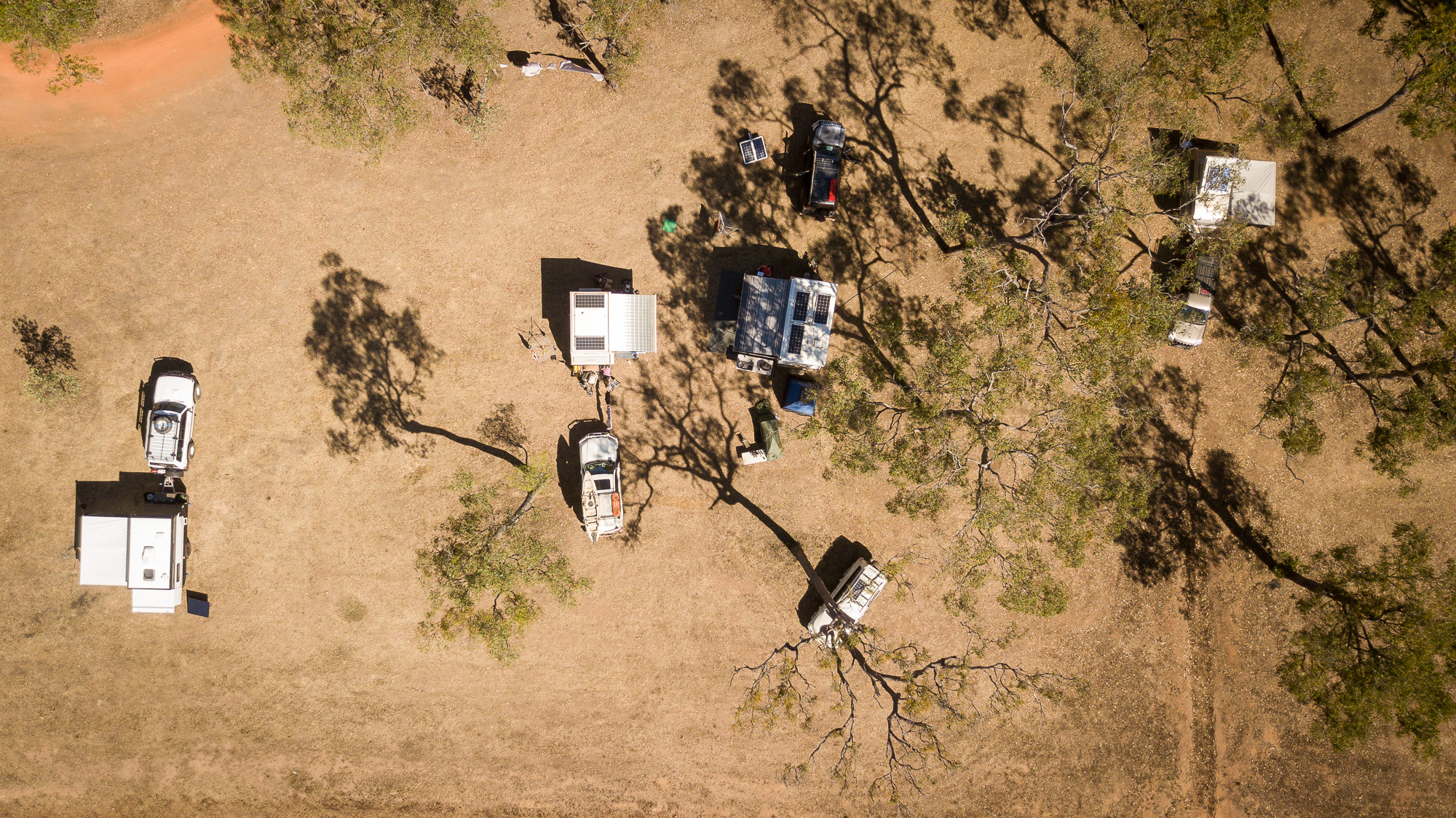
<< Photo credit: Rod – An aerial, drone, shot of our campsite at the Pinnarendi Station >>
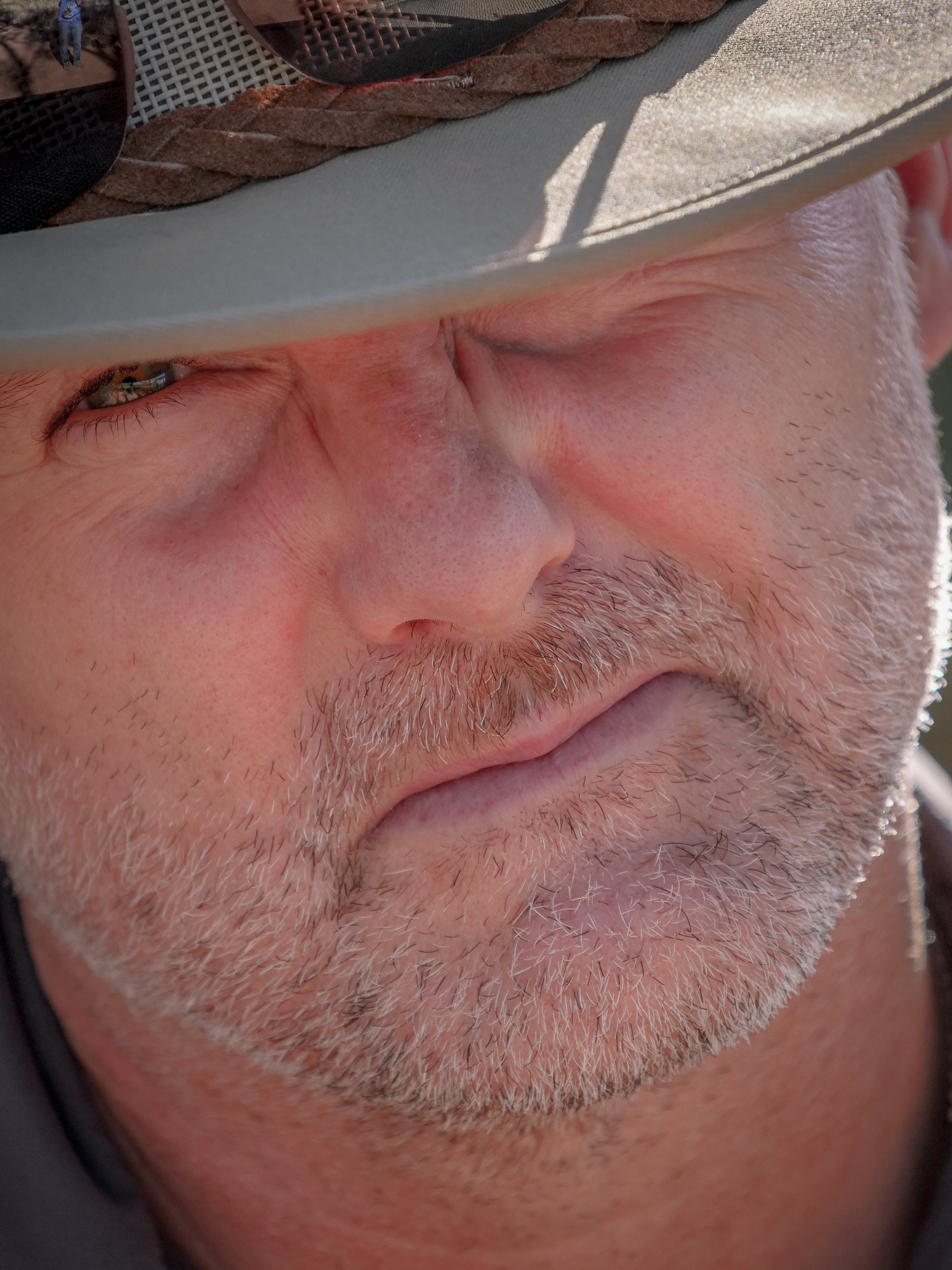
<< Photo credit: Rod – Yours truly, posing for the camera >>
Tomorrow we’re off to seek our fortunes on the Sapphire fossicking fields of the Lava Plains, so if you don’t hear from me again, we’ve made our millions in Sapphires and we’ve retired to our own private island somewhere…
The lava tubes look amazing. Nice truck, bat and drone images. Have fun.
Lots of good pics there and very interesting ..didn’t even know lava tubes existed…That last pic mate …geez you could almost pass for Mick Taylor
You really should send some of your shots off to National Geographic – I reckon they could make a great article out of them!
Thanks Peter. They make good memories for sure.
So what is the go with the Lava tubes? Are they mined?… natural?… how, what, why?
Nice photos by the way